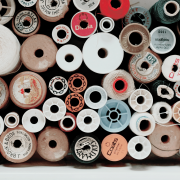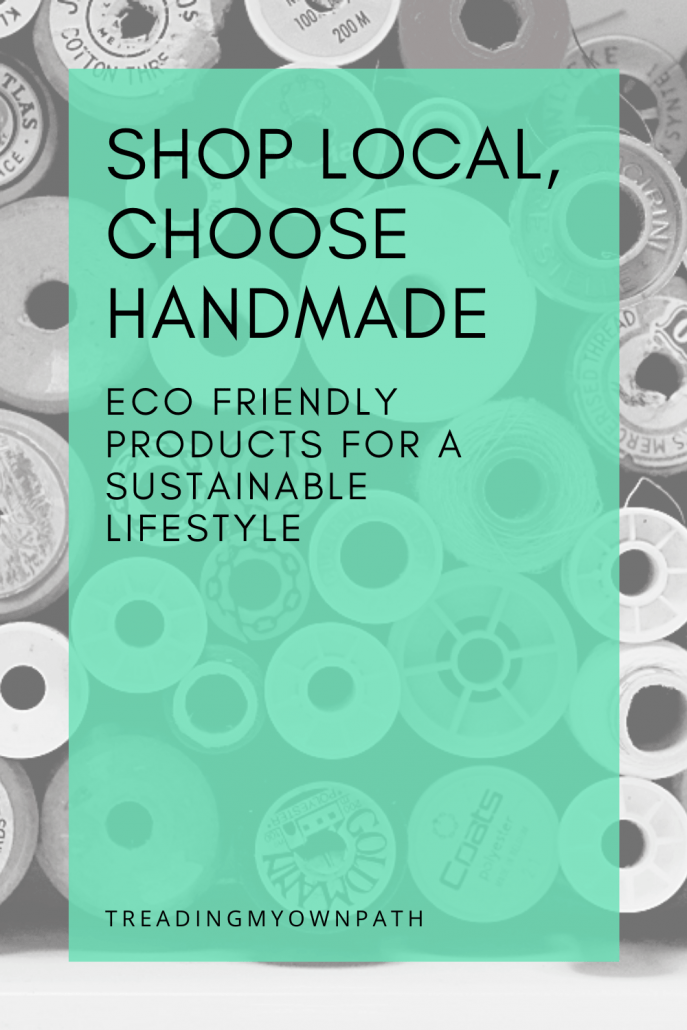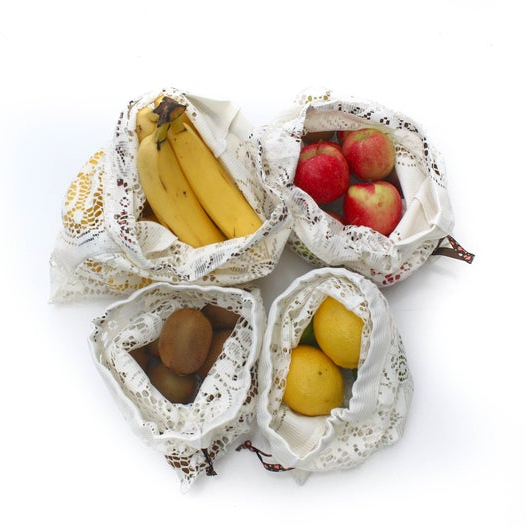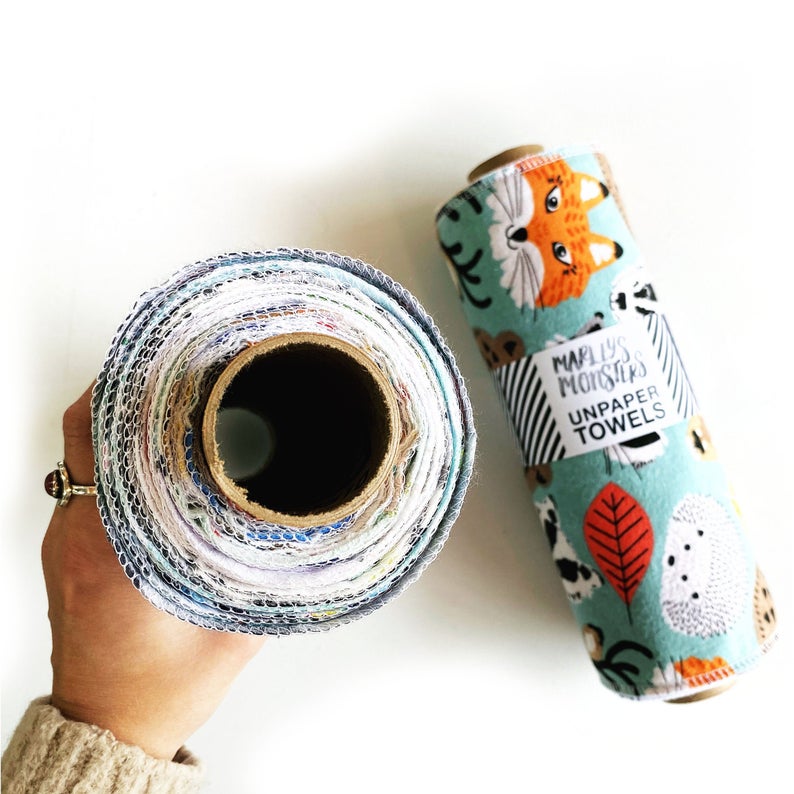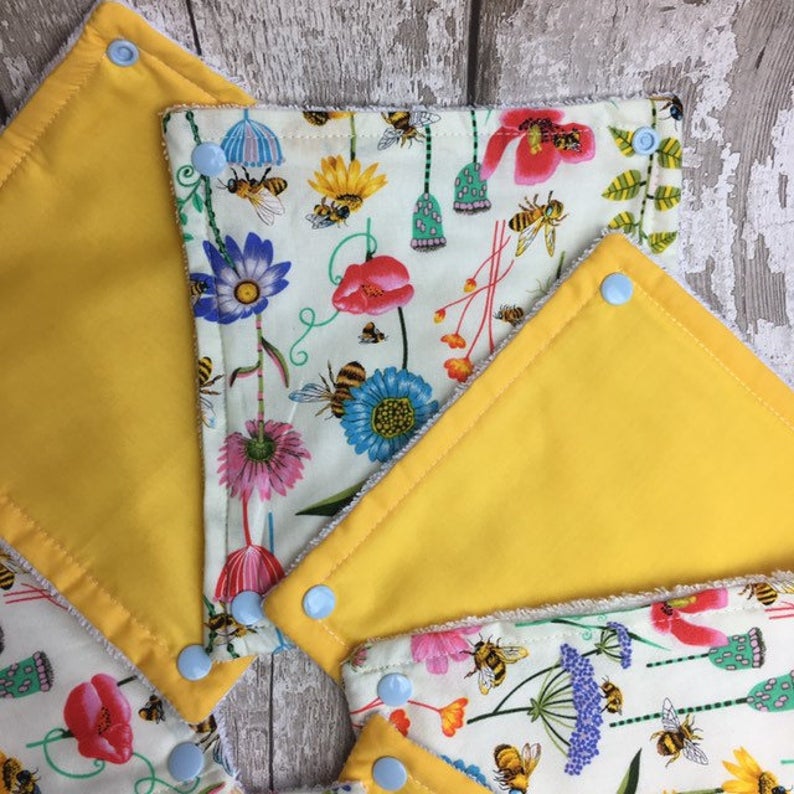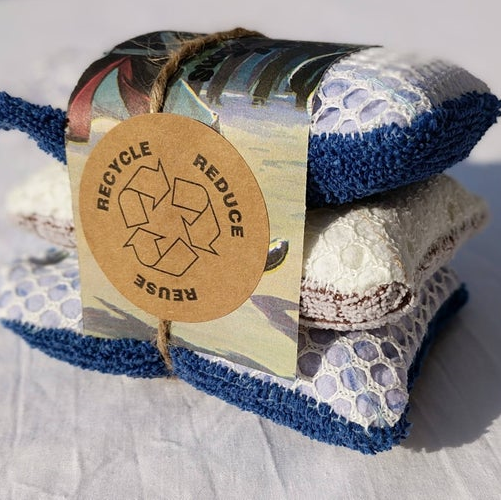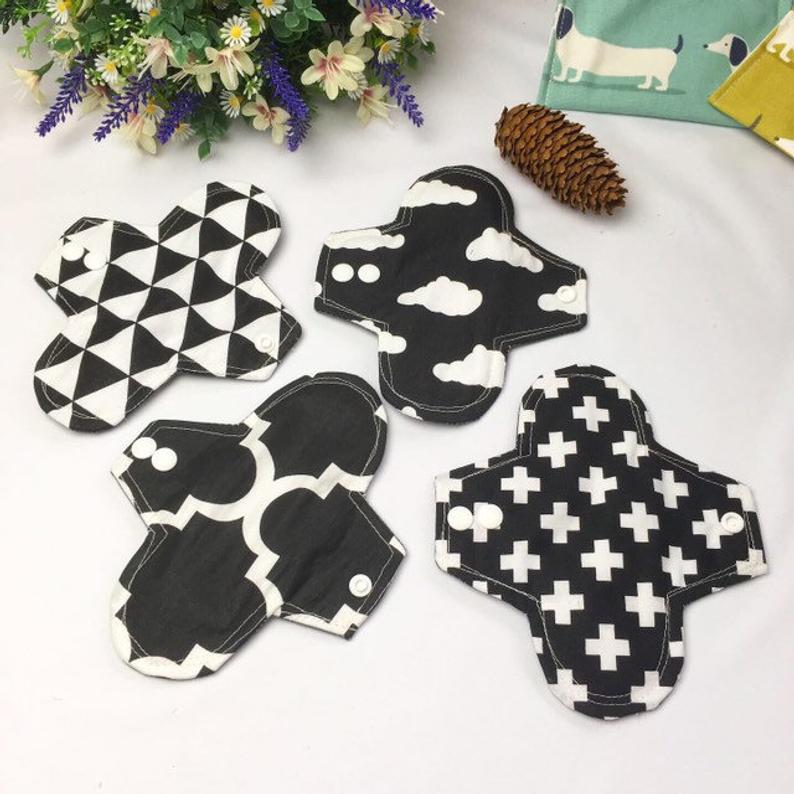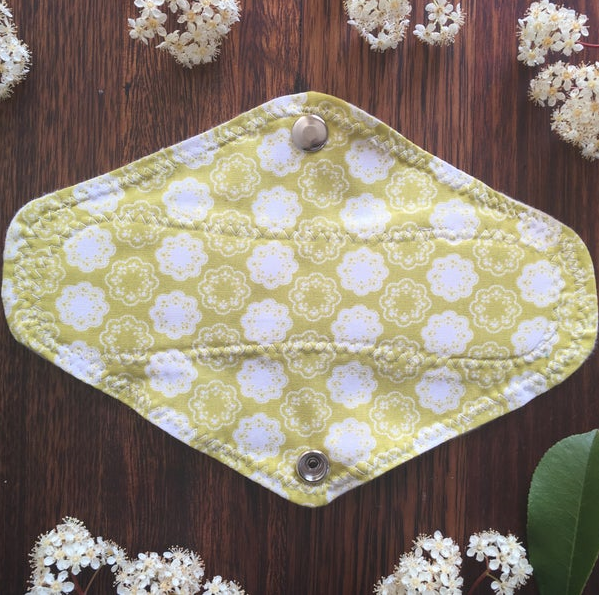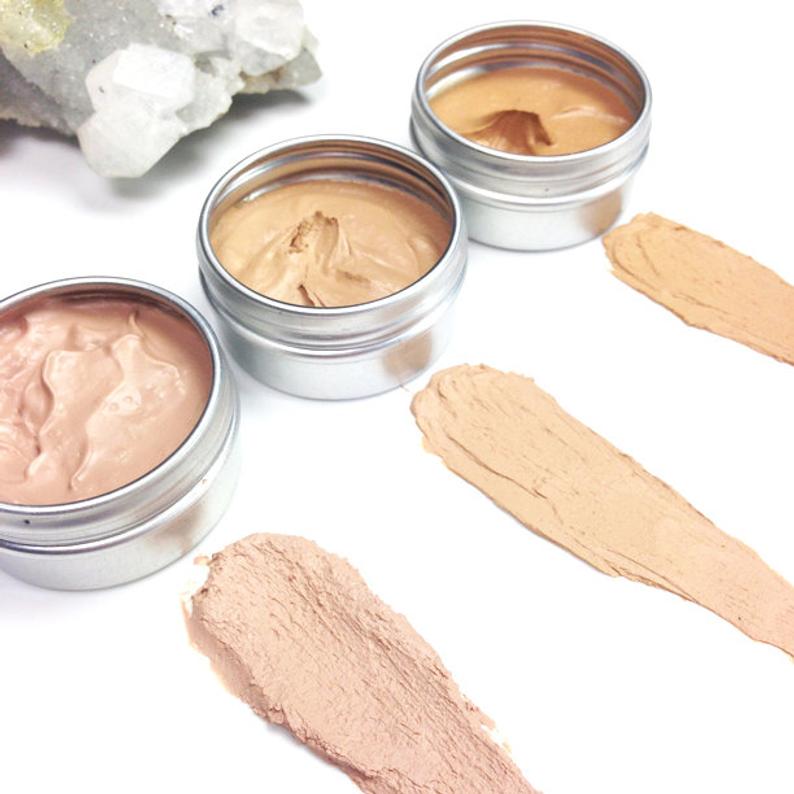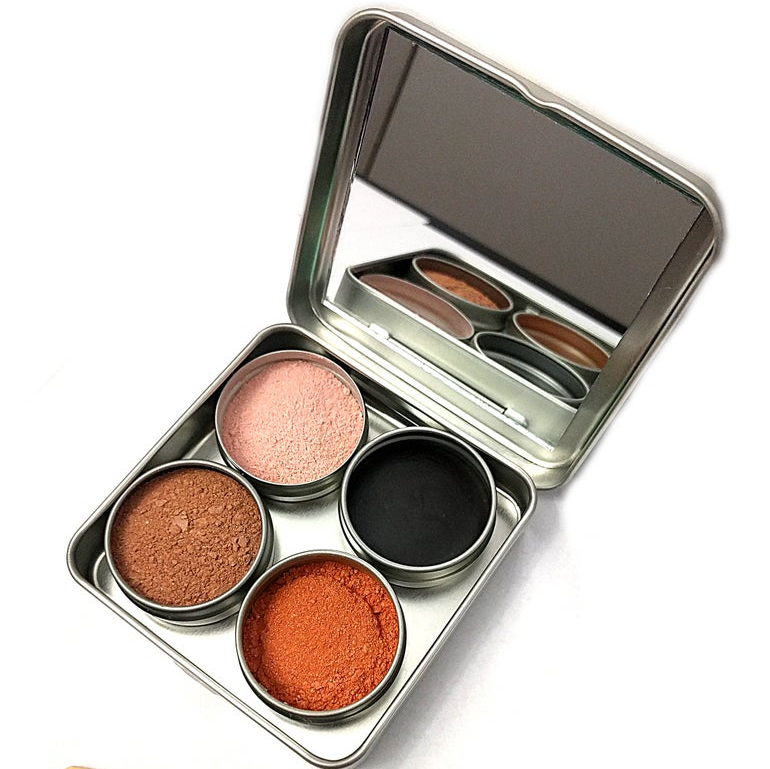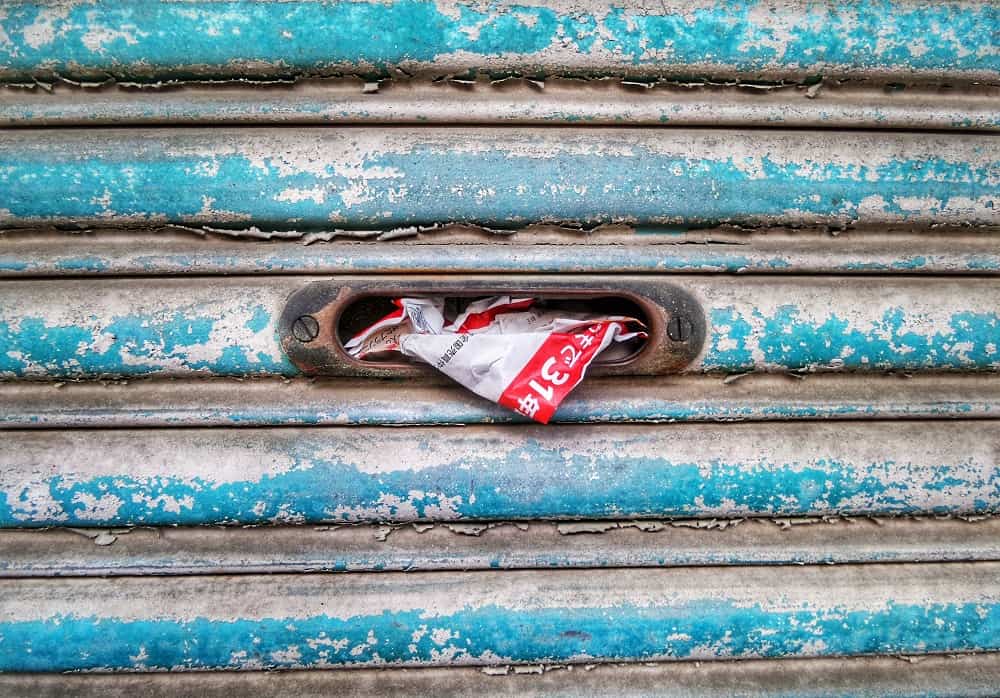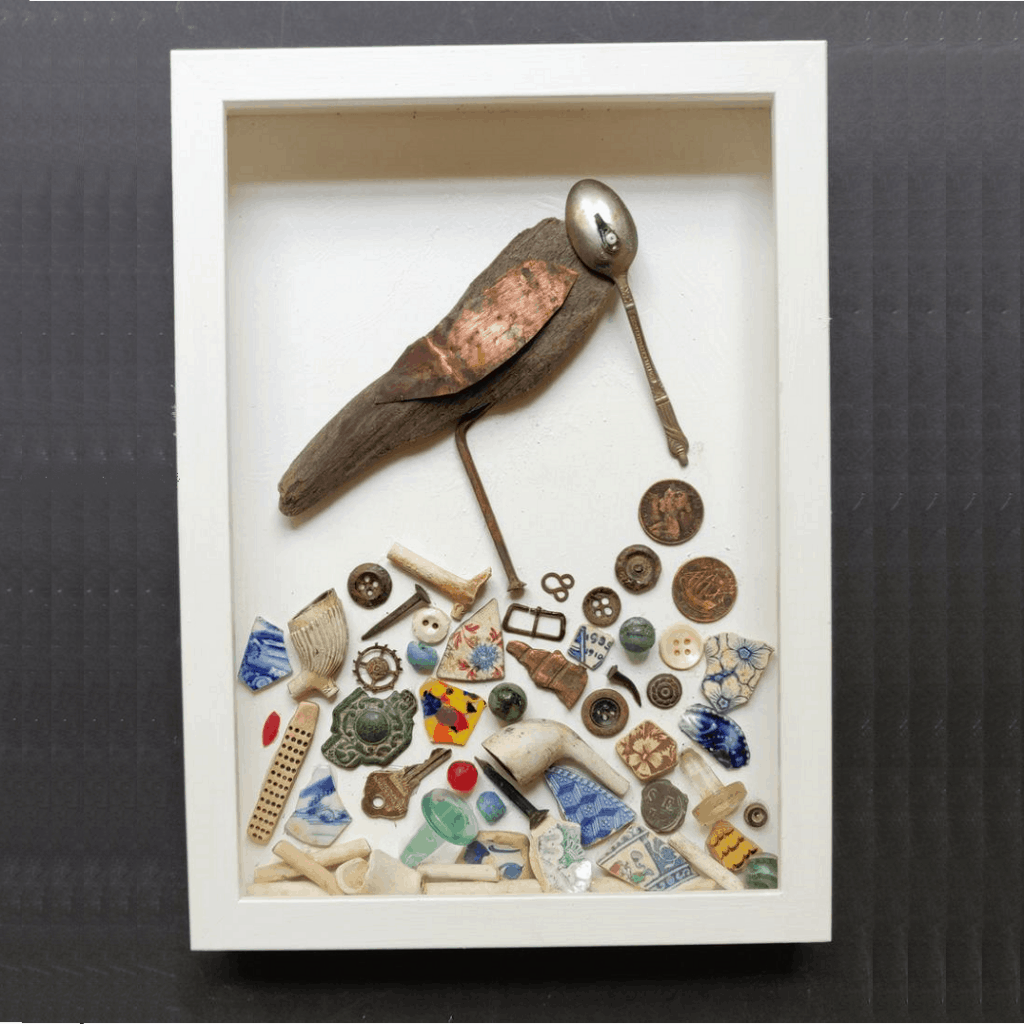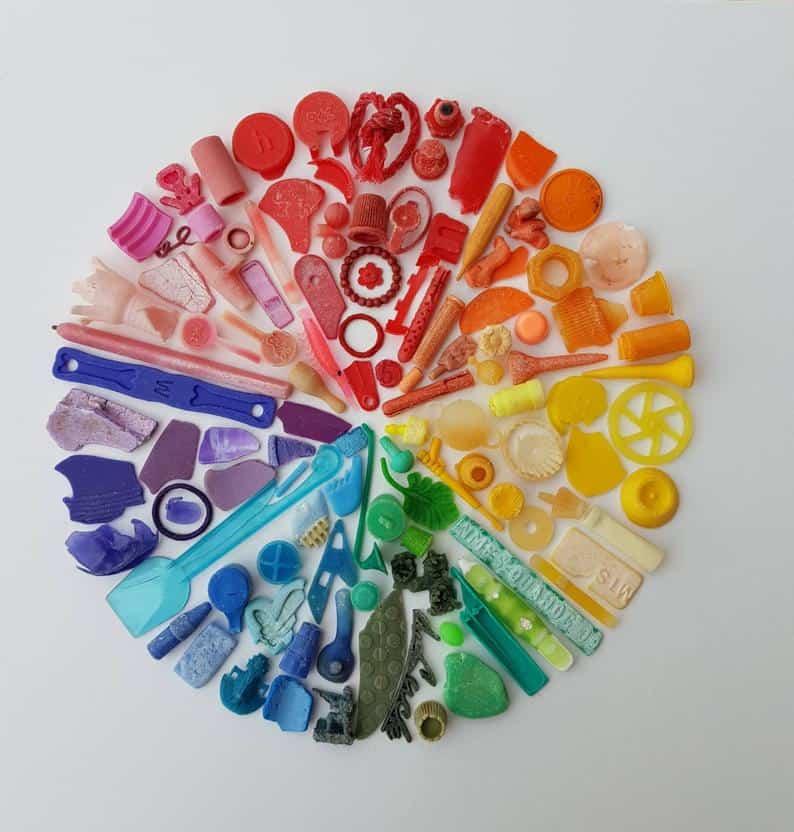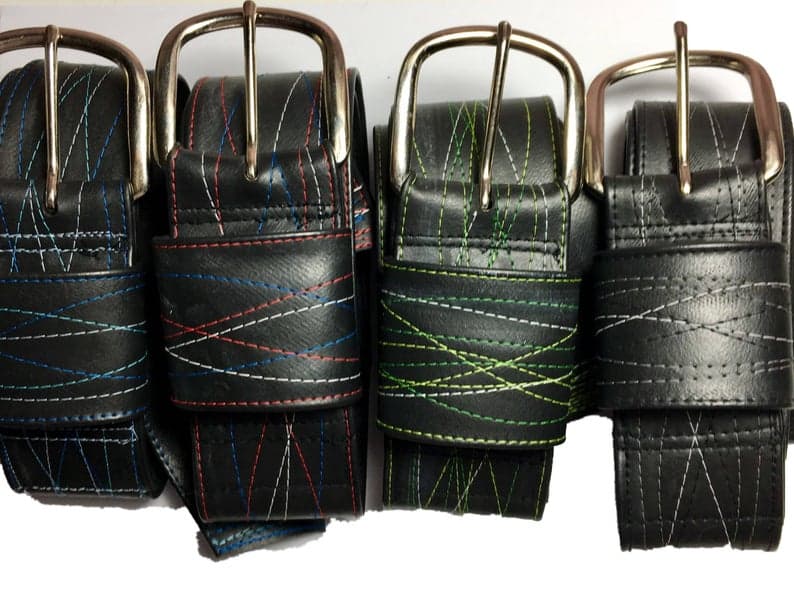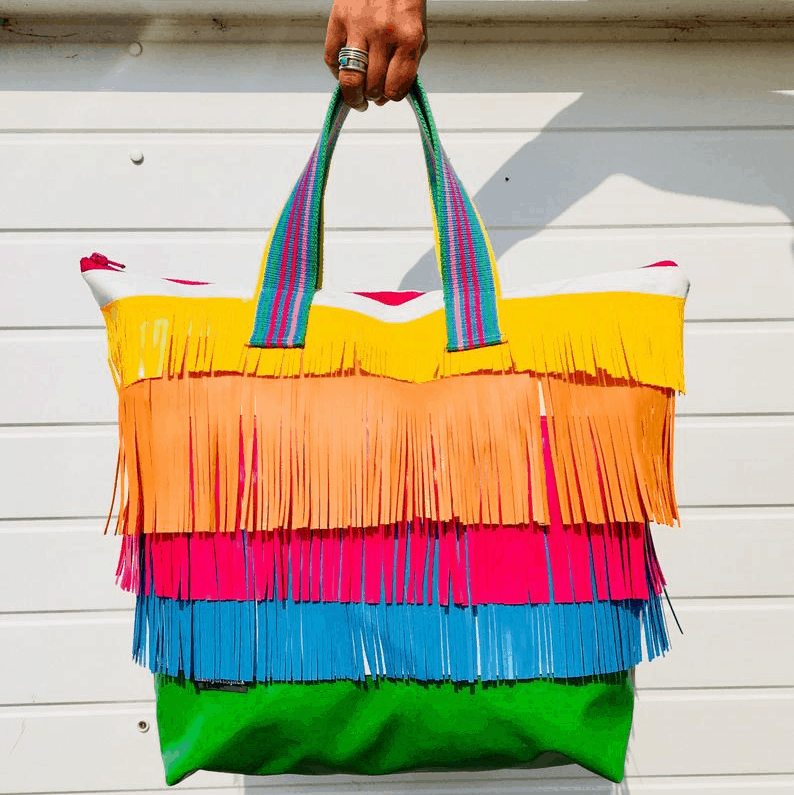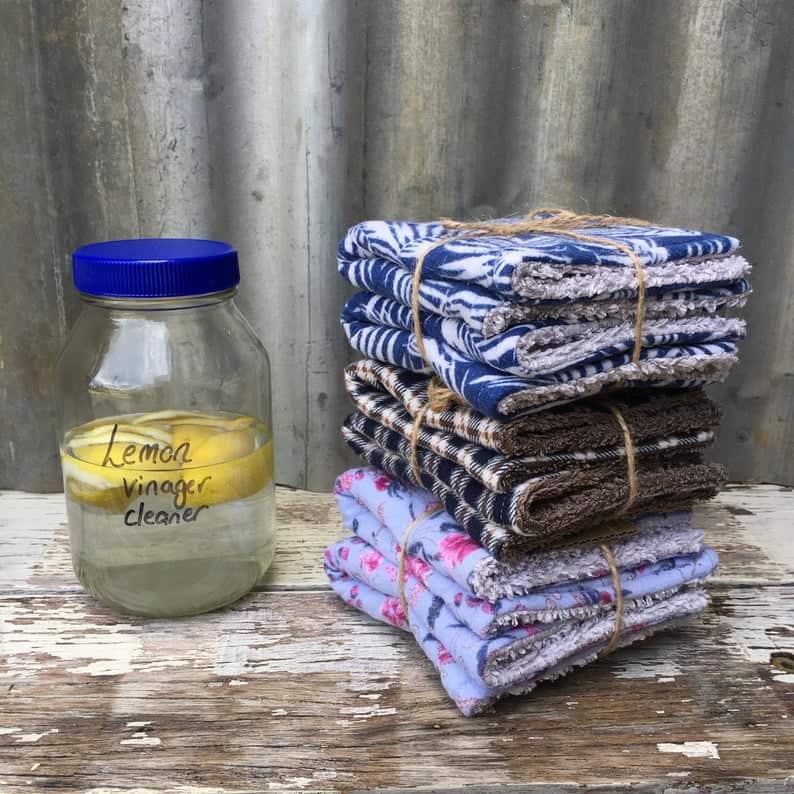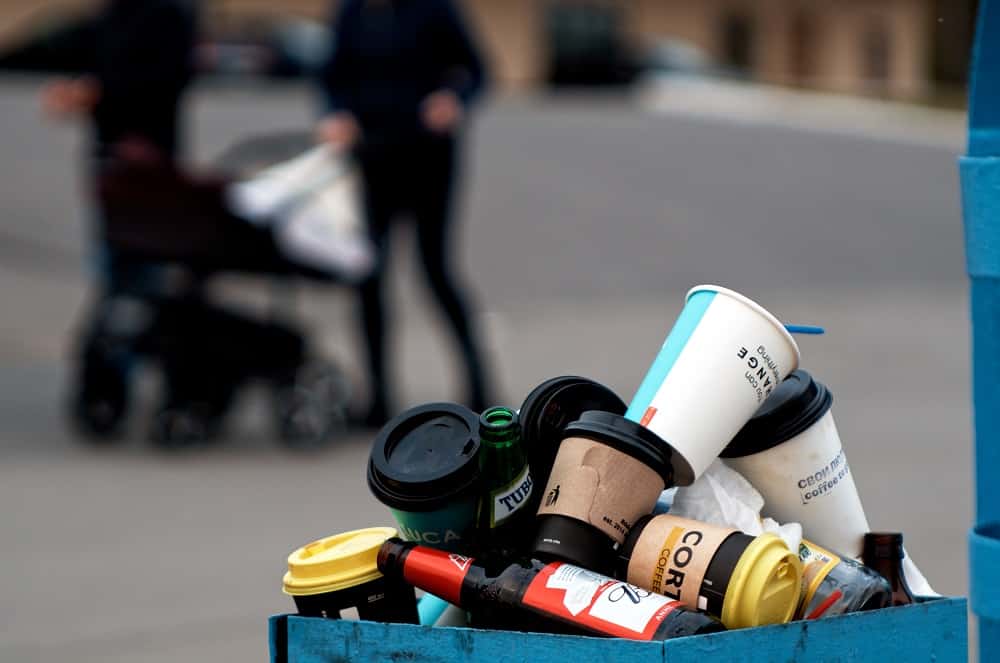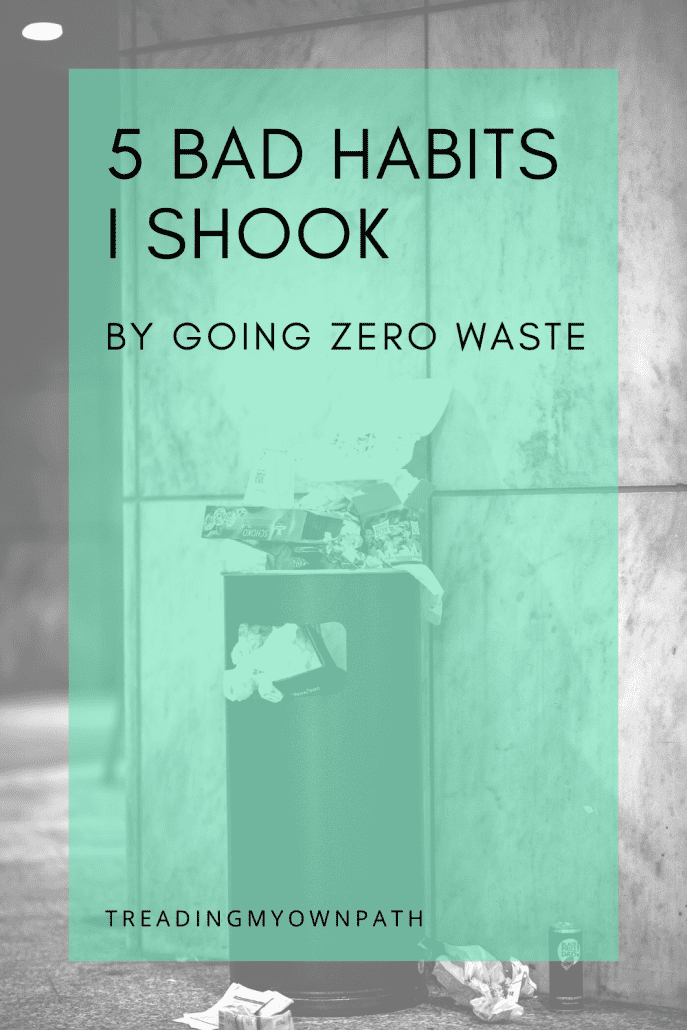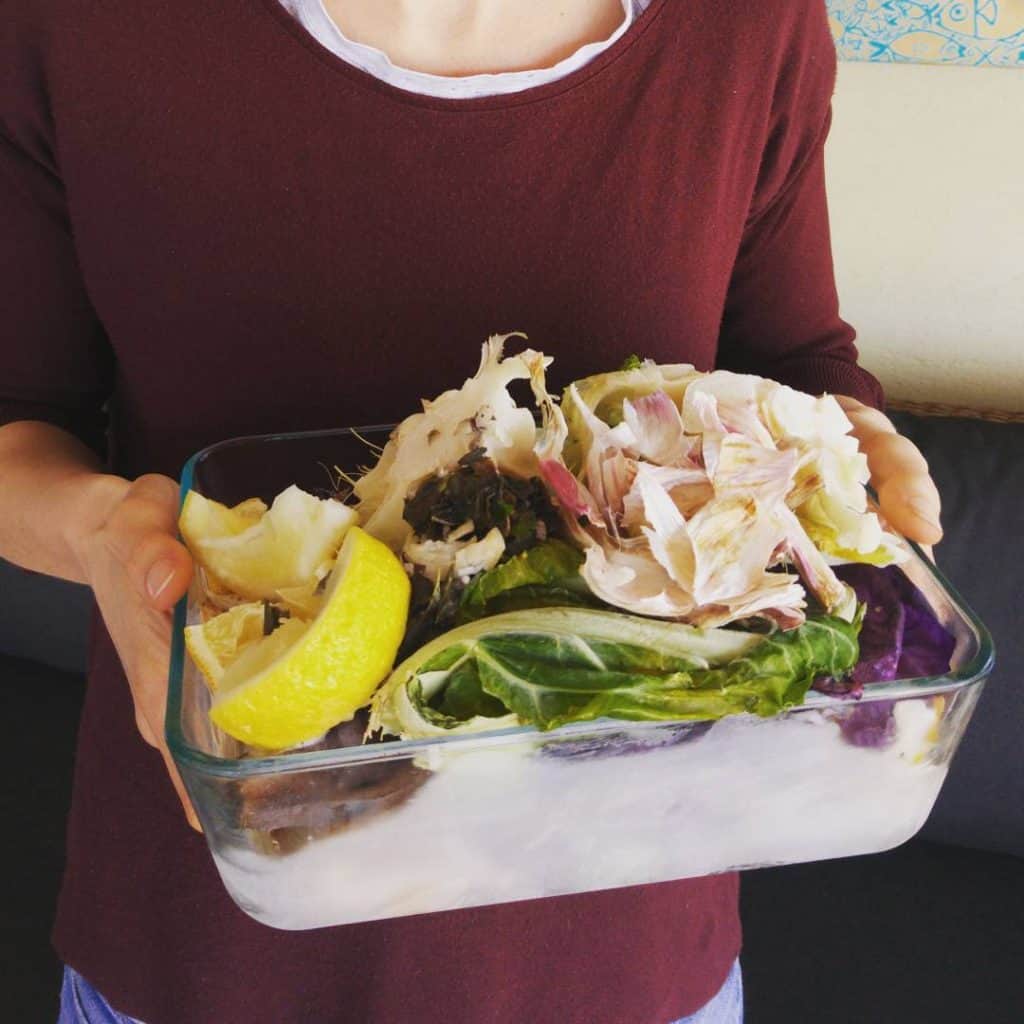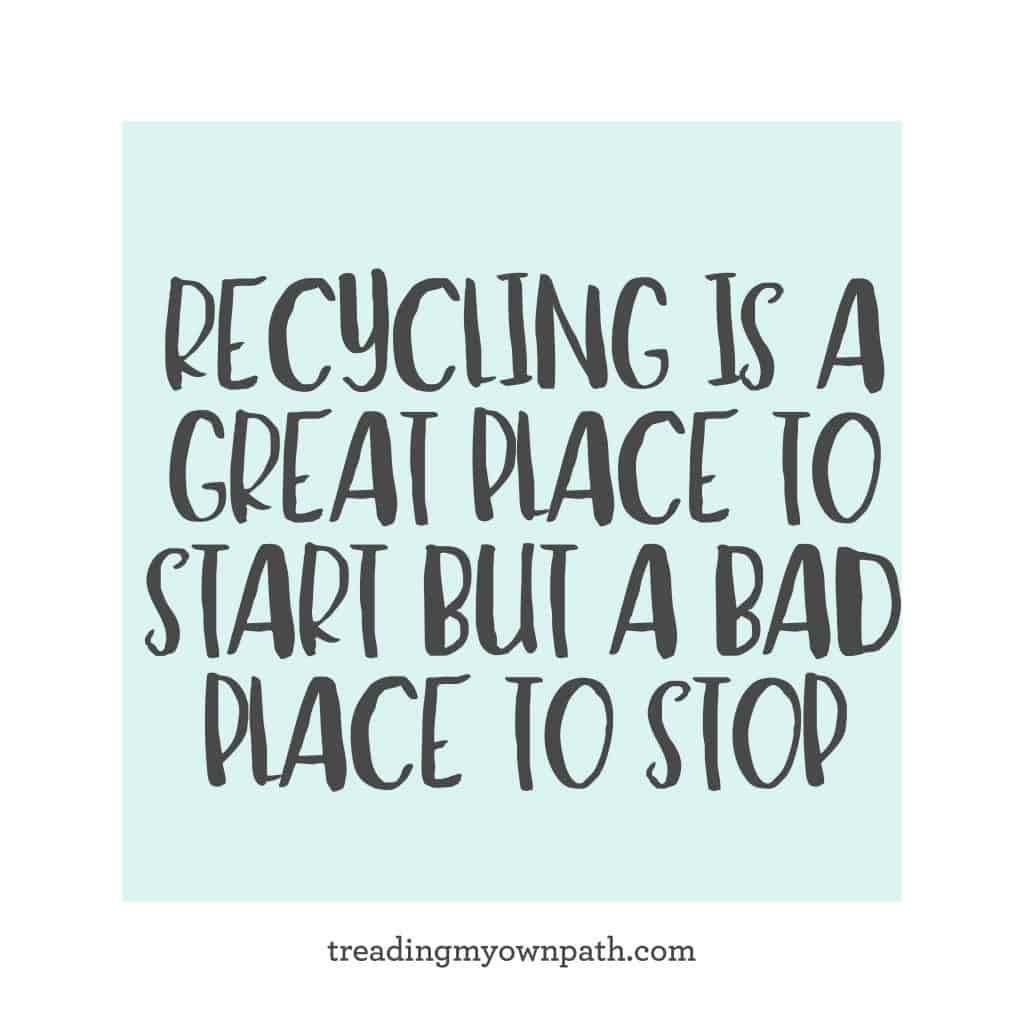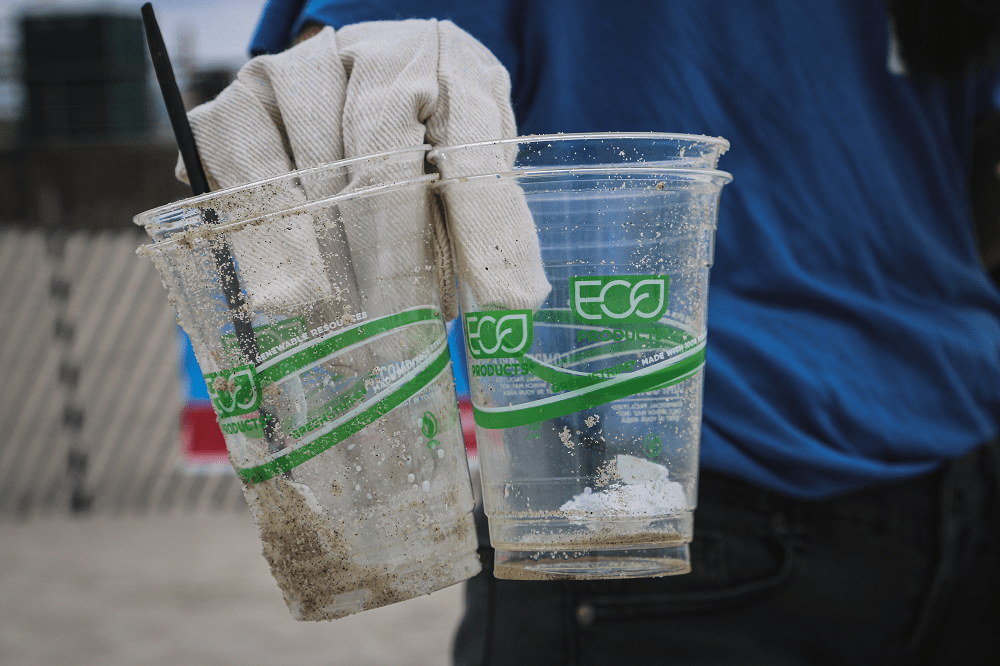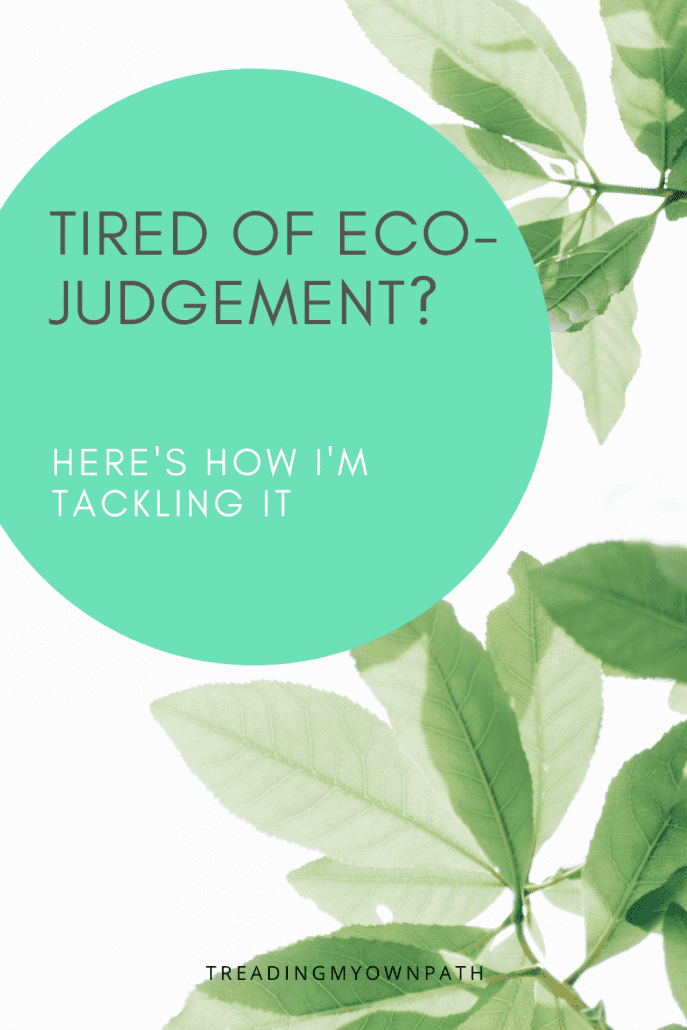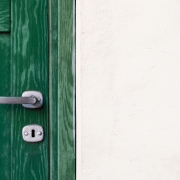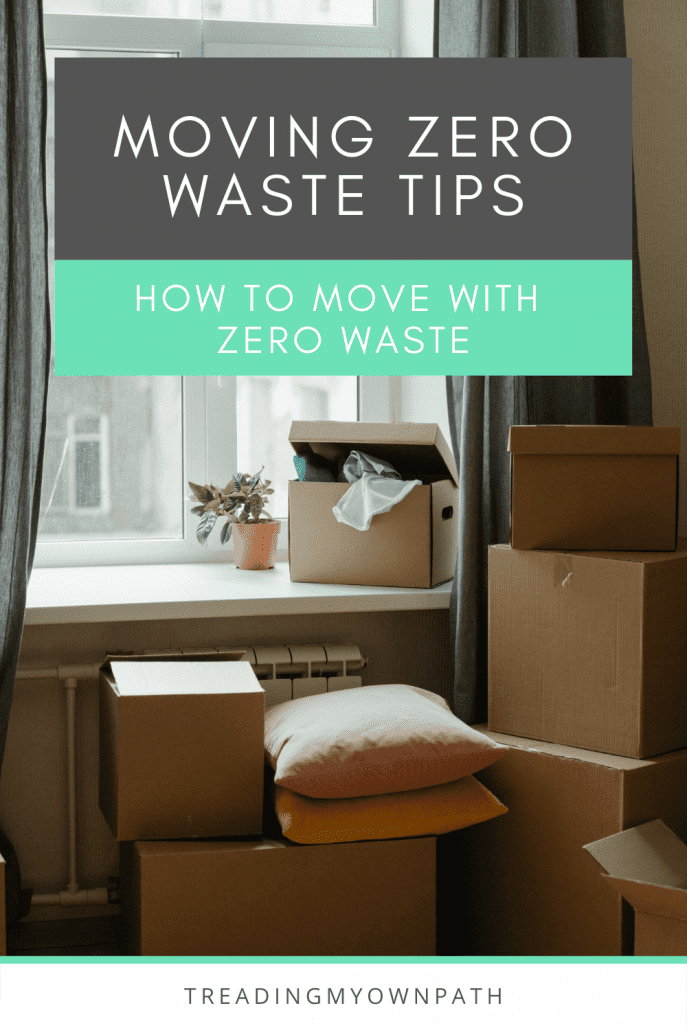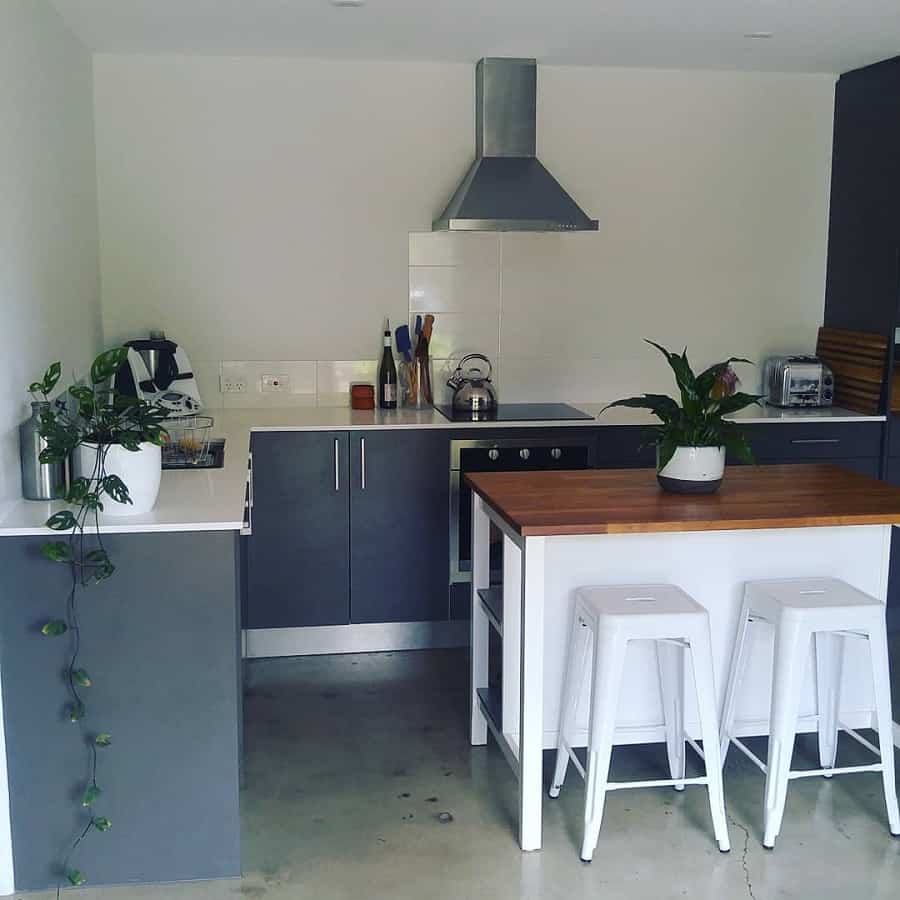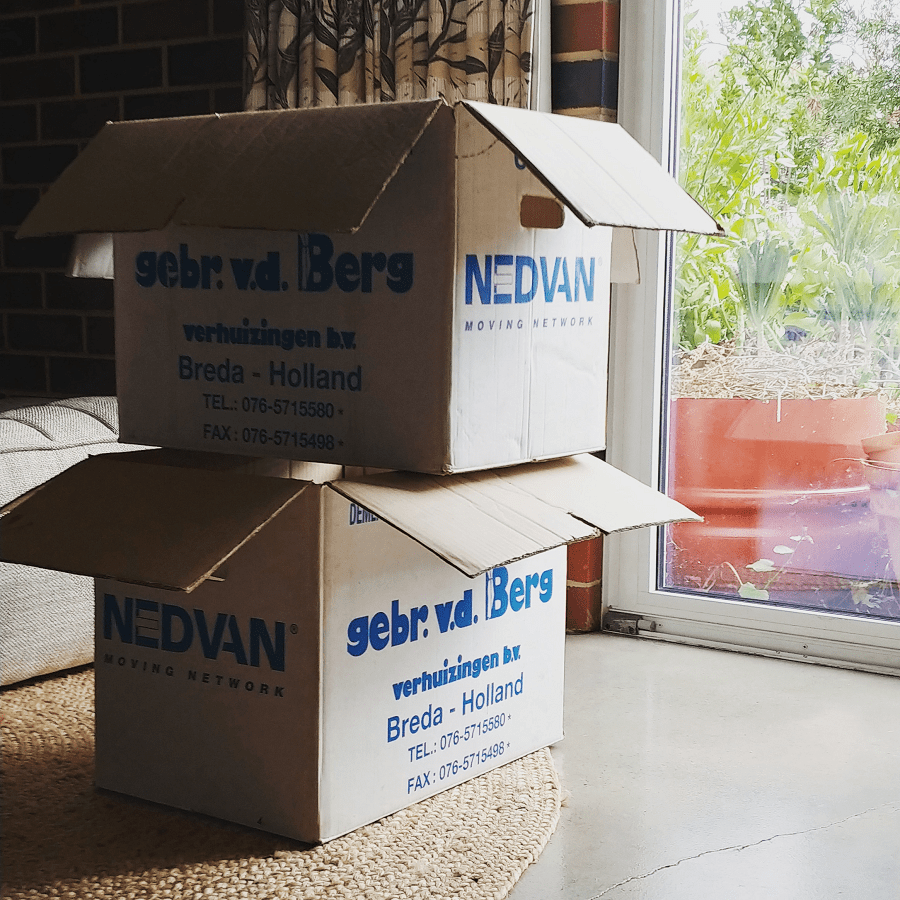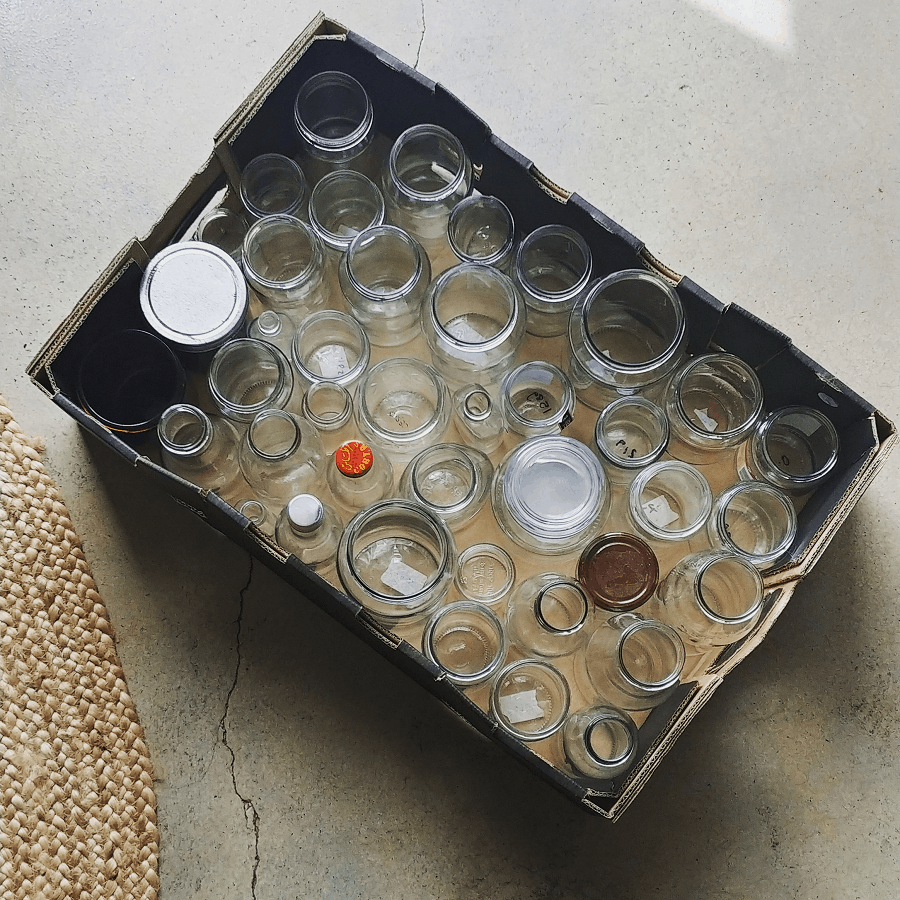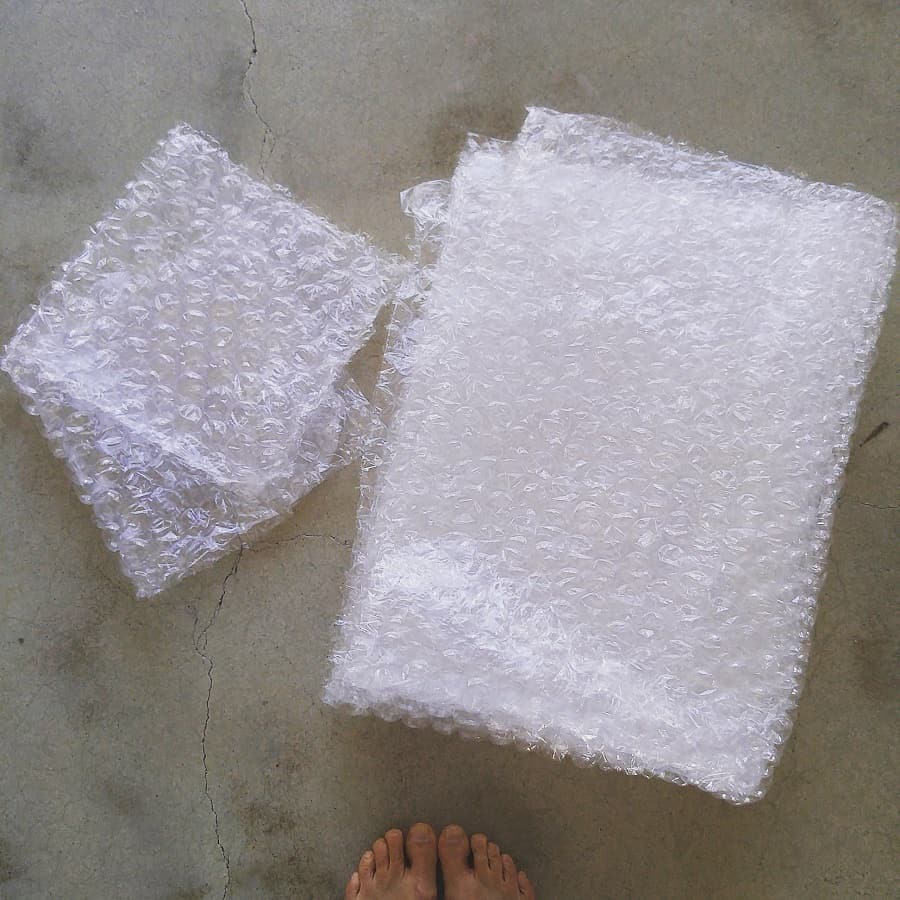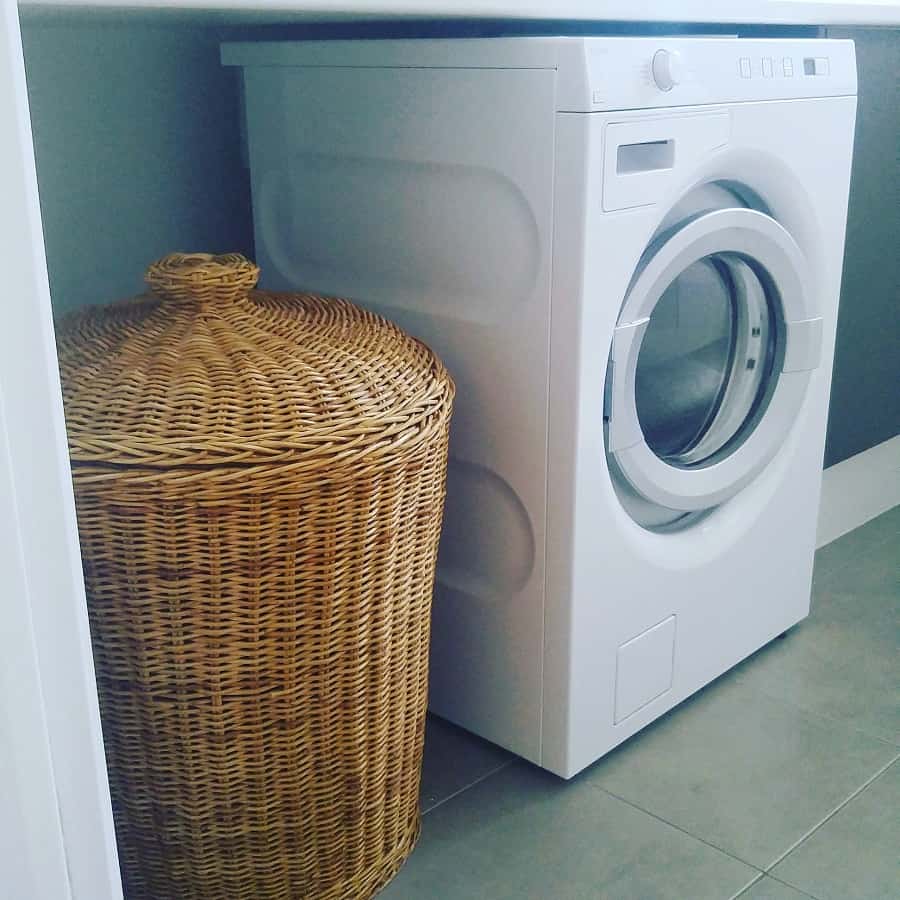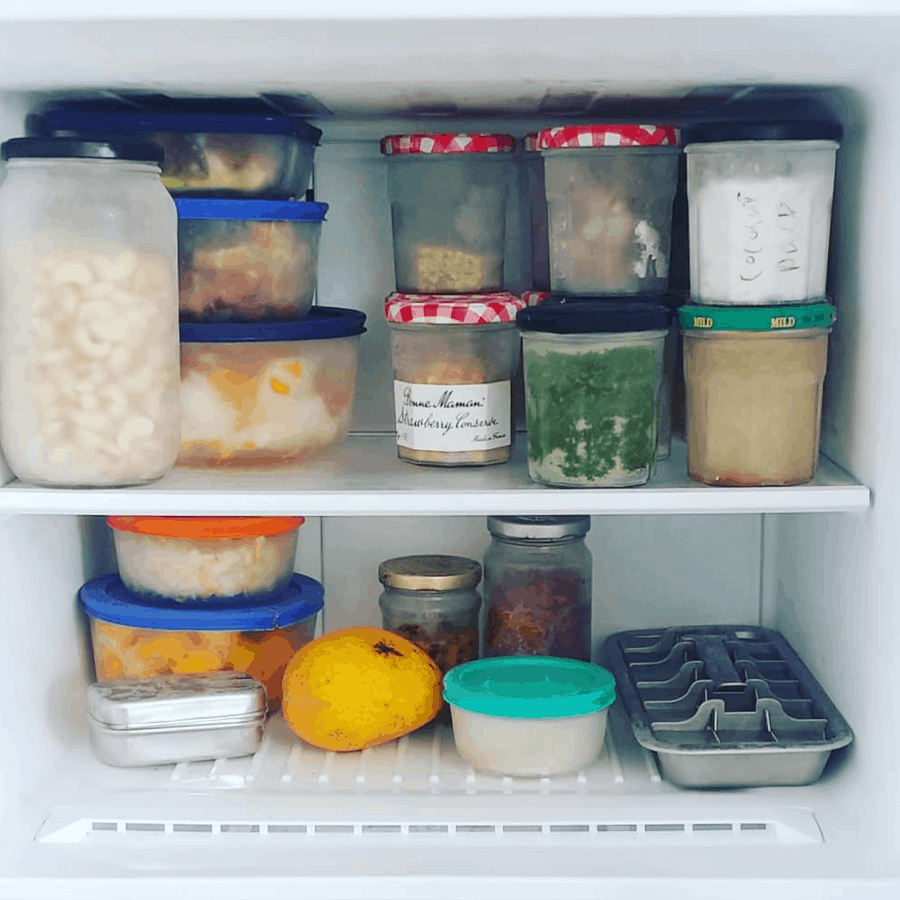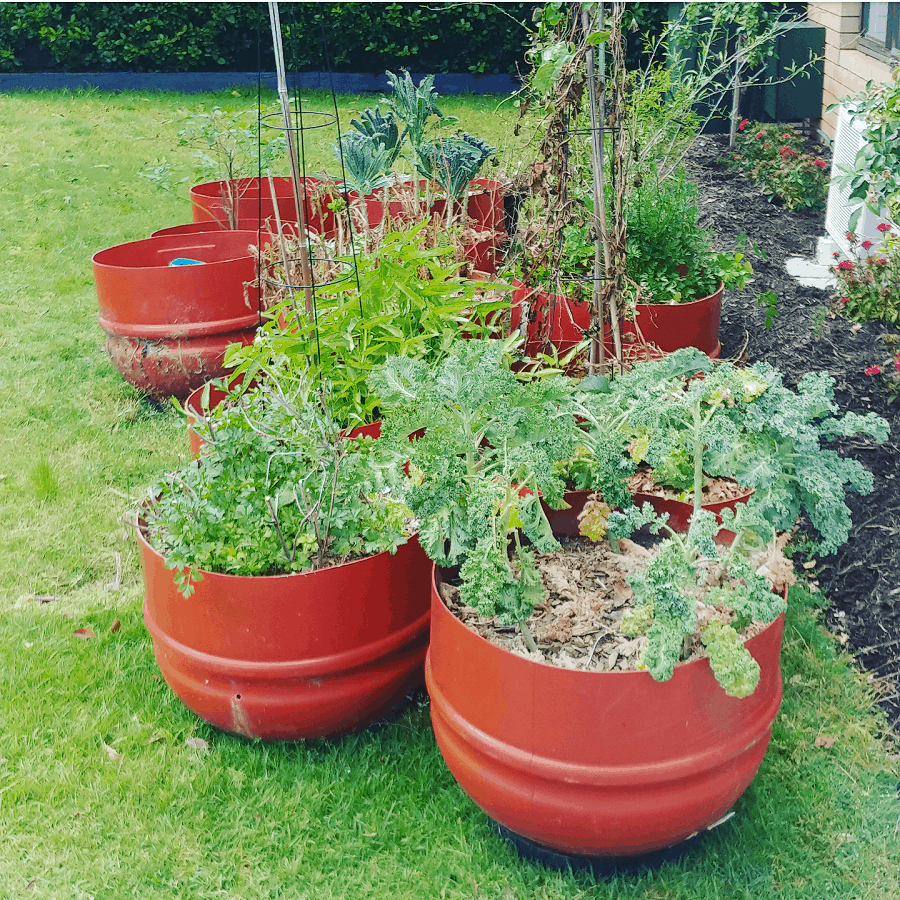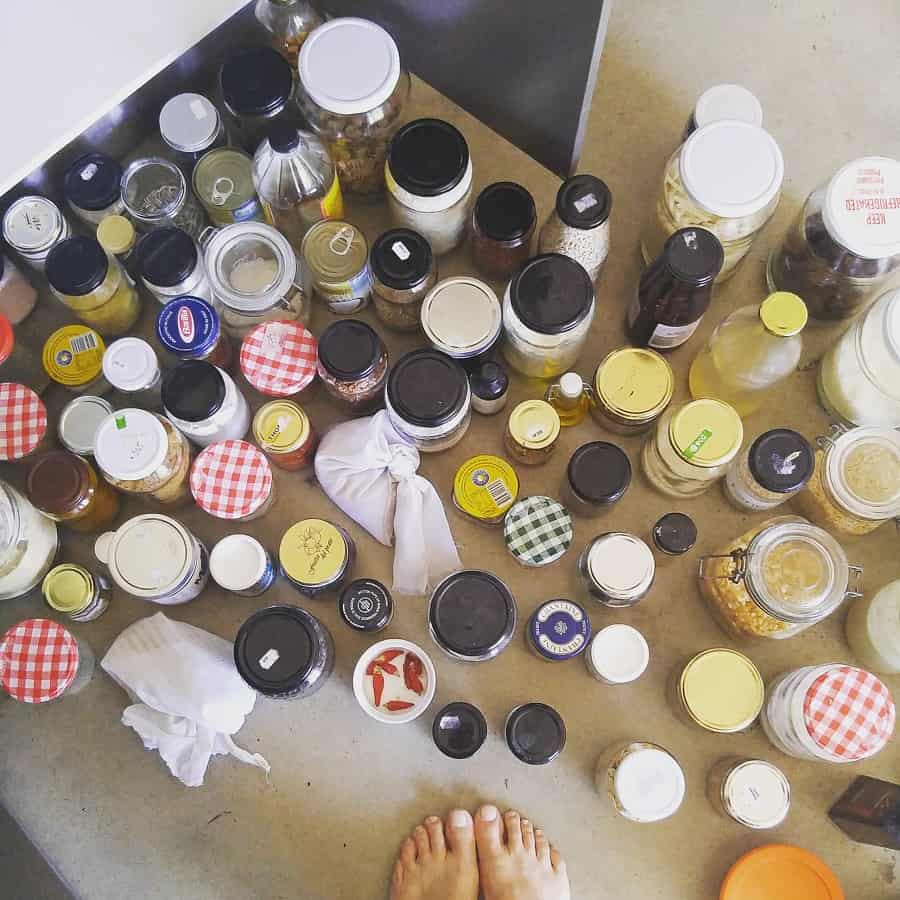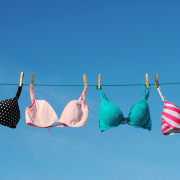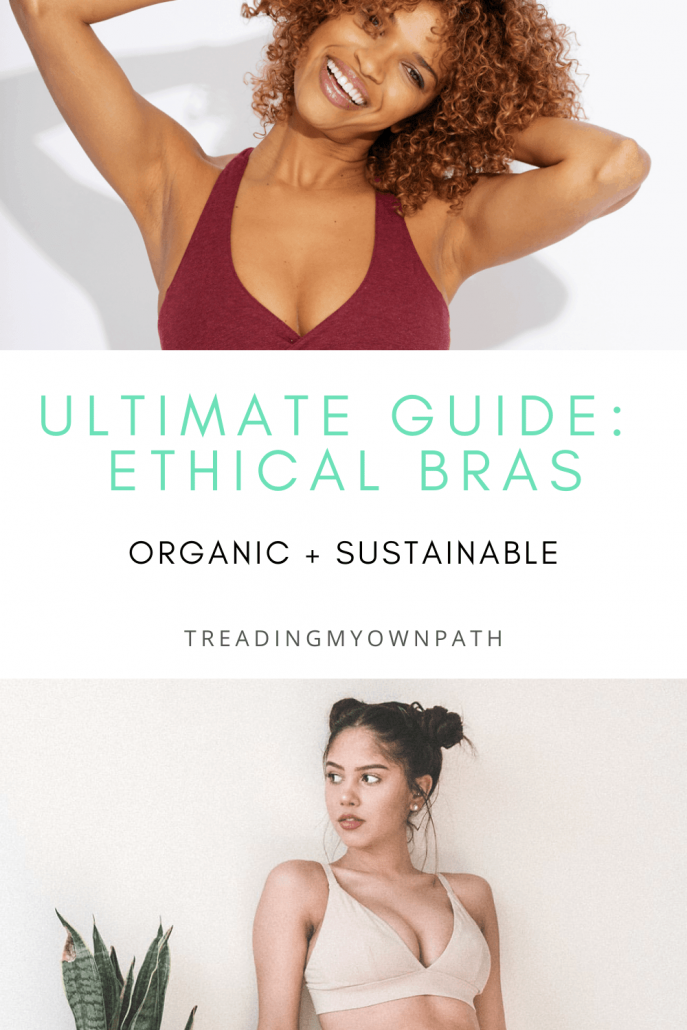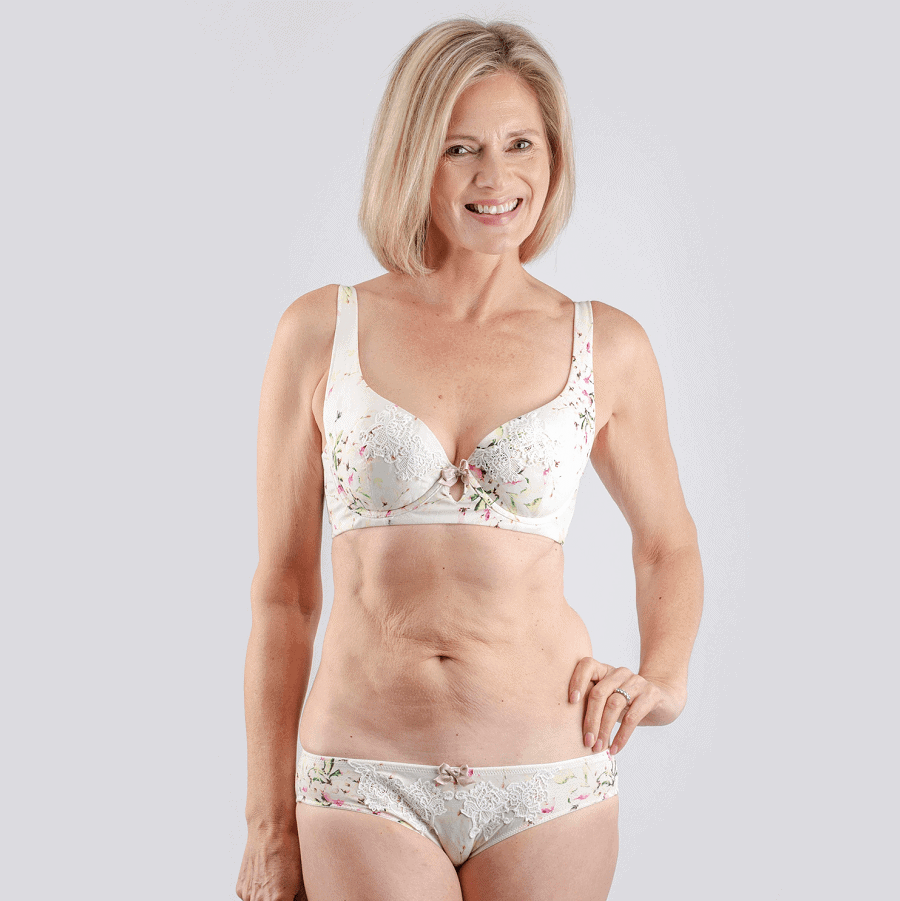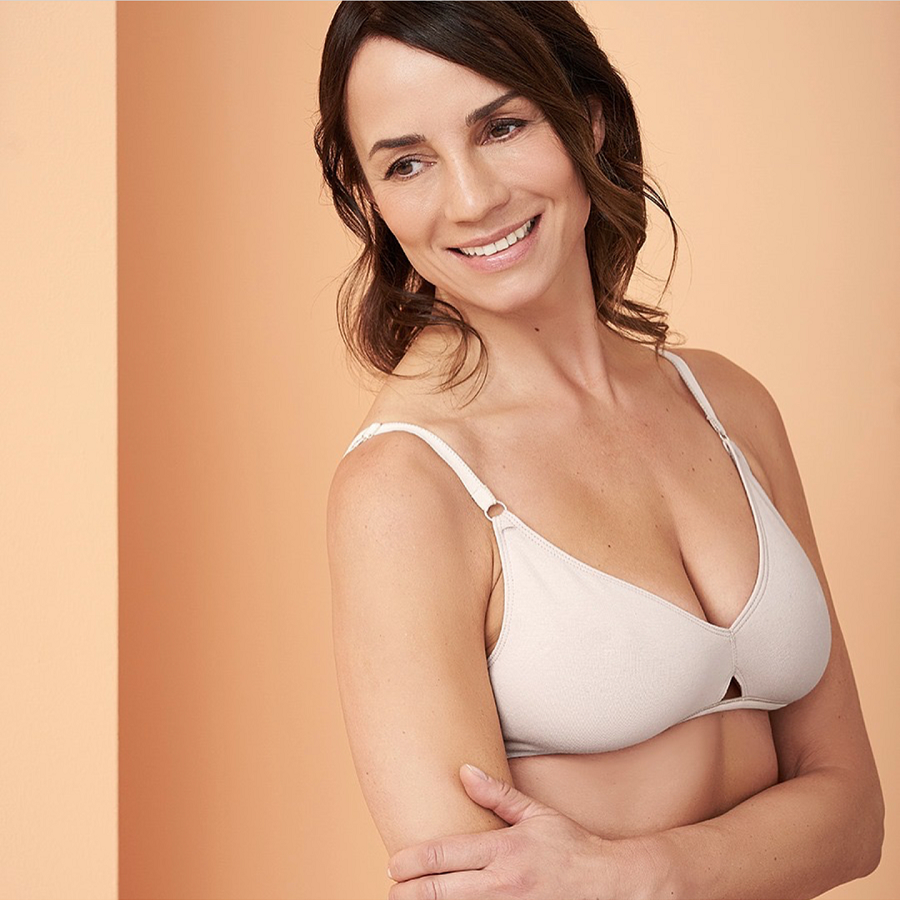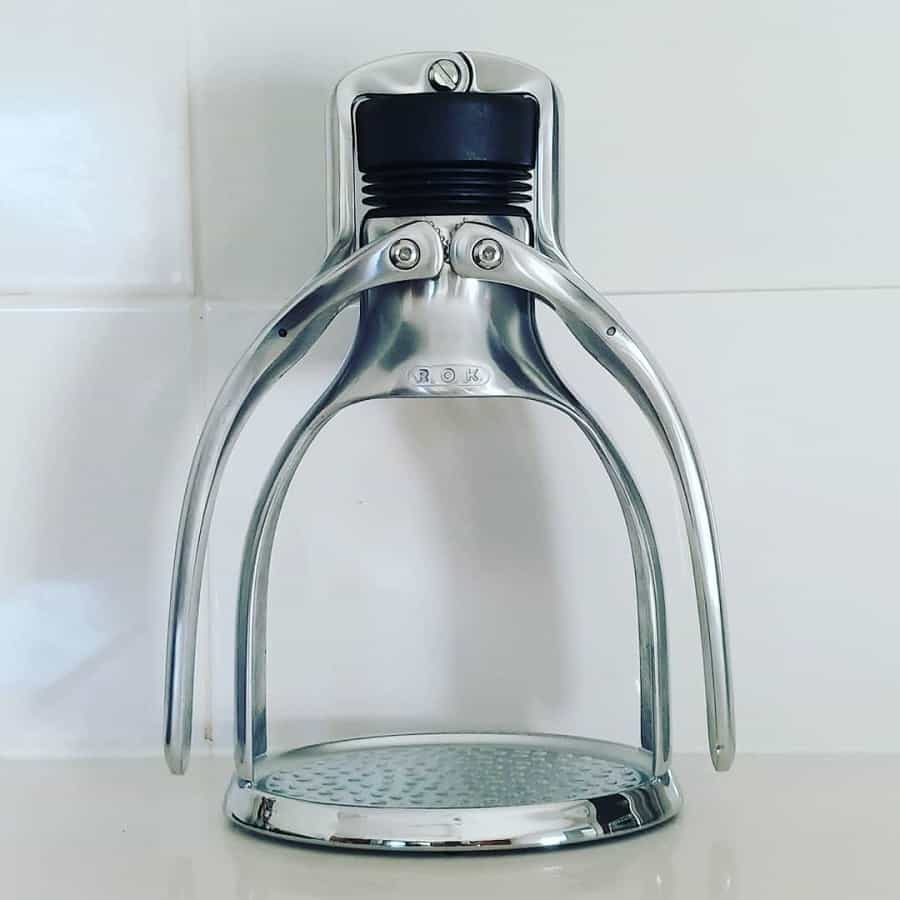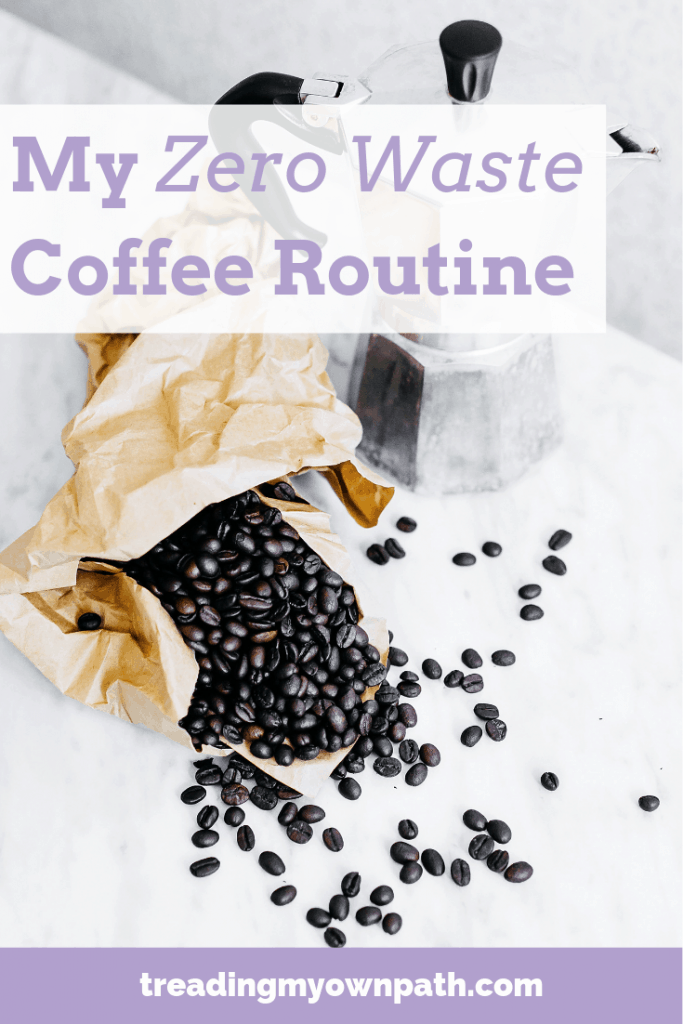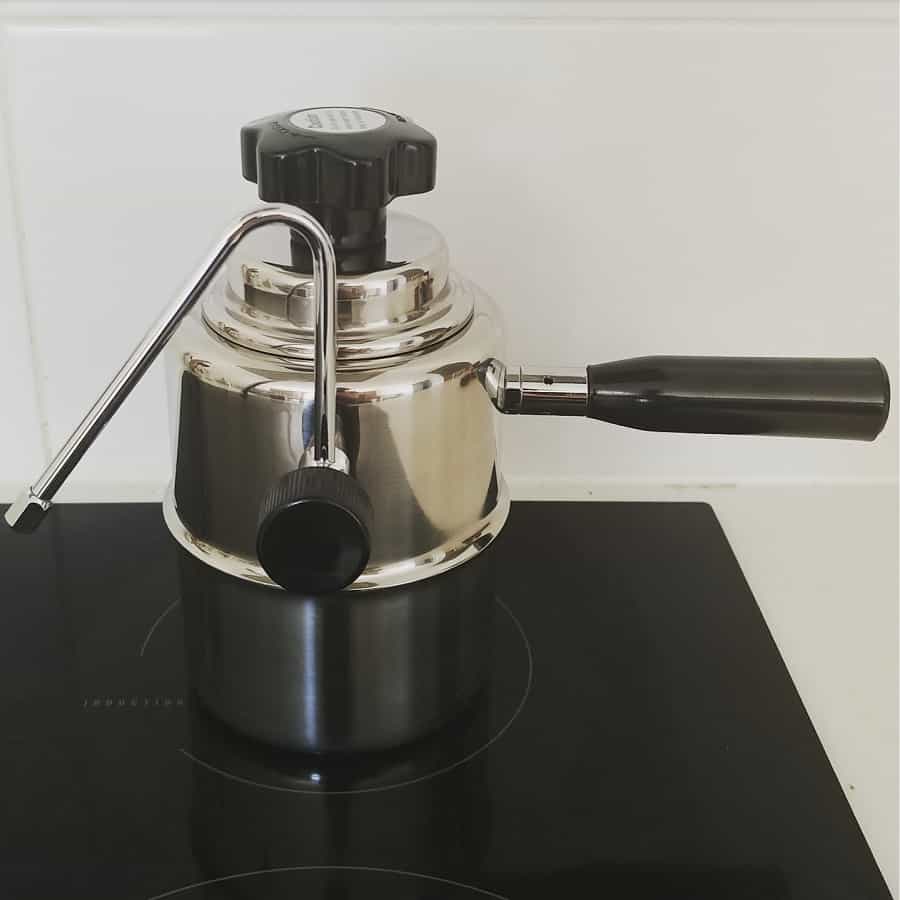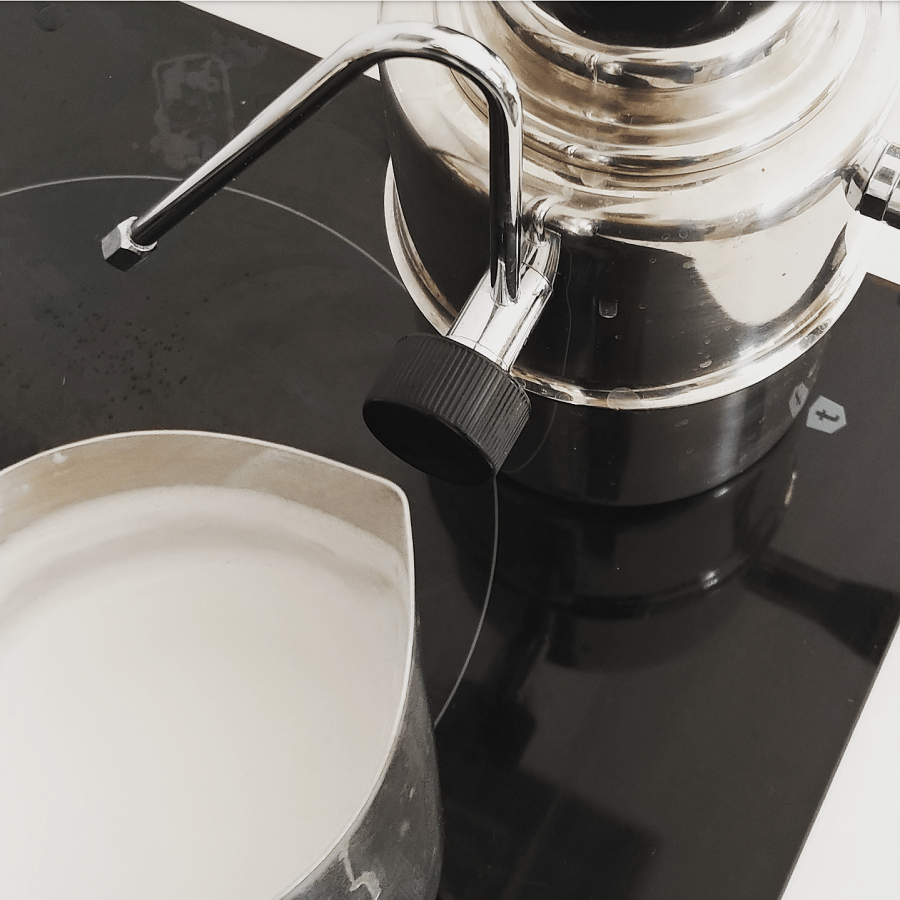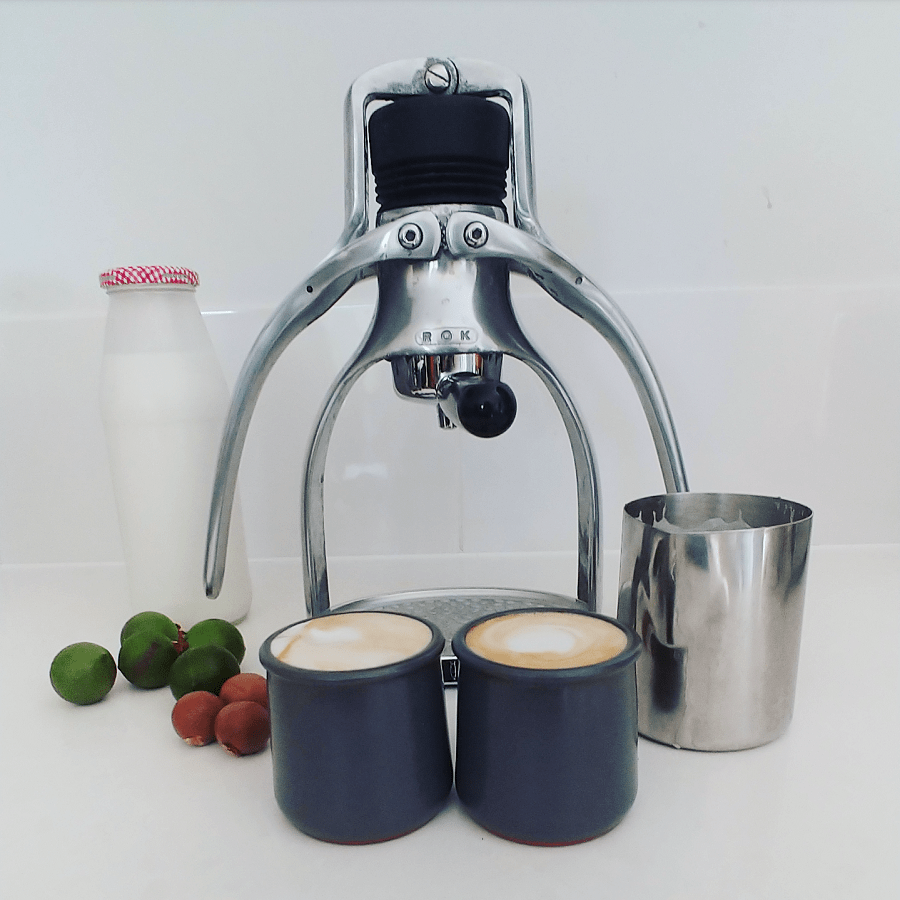Food is free: 8 ideas for where to find it and how to share it
I’m a big believer that the most important part of zero waste isn’t the stuff you buy or the things you use – it is the connections that you make with others.
Ultimately, as a society, if we want to waste less then we need to share more. The more connected we are, the more we can participate in sharing – be it receiving or giving.
I’ve talked about the sharing of ‘stuff’ often (and it’s a big part of what my book Less Stuff is about). Today I wanted to talk about something different that we can share – food – and just some of the many ways that people are already sharing food with others in their community.
Food goes to waste in lots of ways. It might go unpicked on a tree or in a garden bed, or it might be picked but then not used before it begins to go bad. We might buy more than we need, change our plans or our minds, decide we don’t like something we purchased and so let food we have go to waste.
The following community initiatives all exist to help those with not enough have access to what they do need, and those with too much/excess to share what they have. Everyone wins.
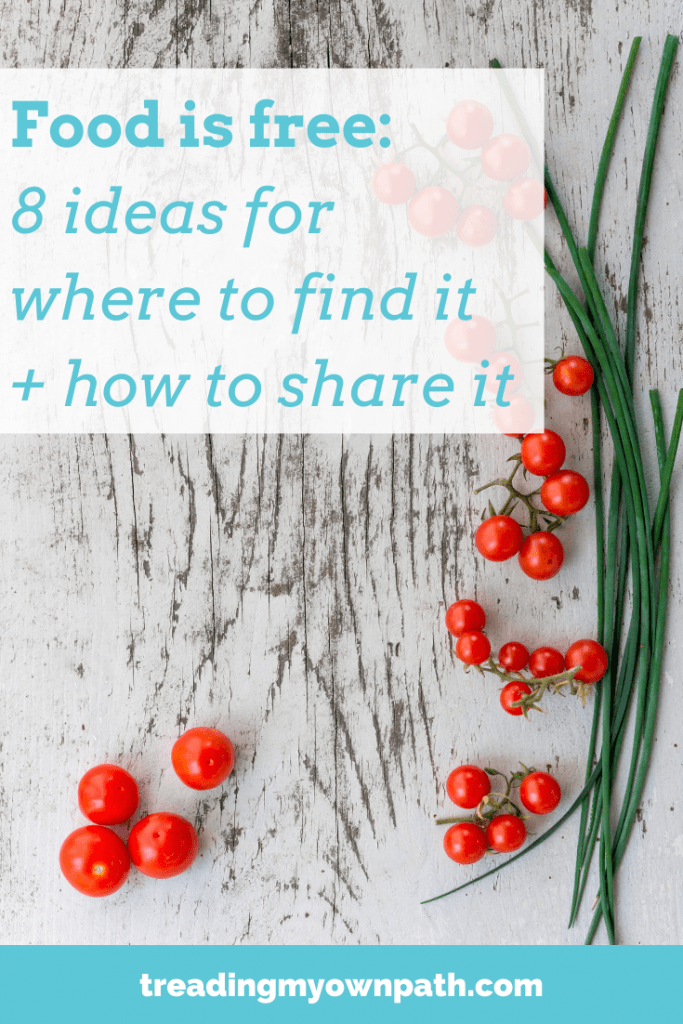
Buy Nothing Project
It might be possible to write a waste-related post and not include the Buy Nothing project, but today is not that day. It’s one of the best neighbourhood sharing networks I’ve ever joined. The Buy Nothing project is a global network of community neighbourhood groups that use Facebook Groups to connect members.
It’s only possible to join one group – the one where you live. The vision for the network is ‘buy nothing, give freely, share creatively’, and members can give, lend or take from other members (no swapping, selling or bartering is permitted).
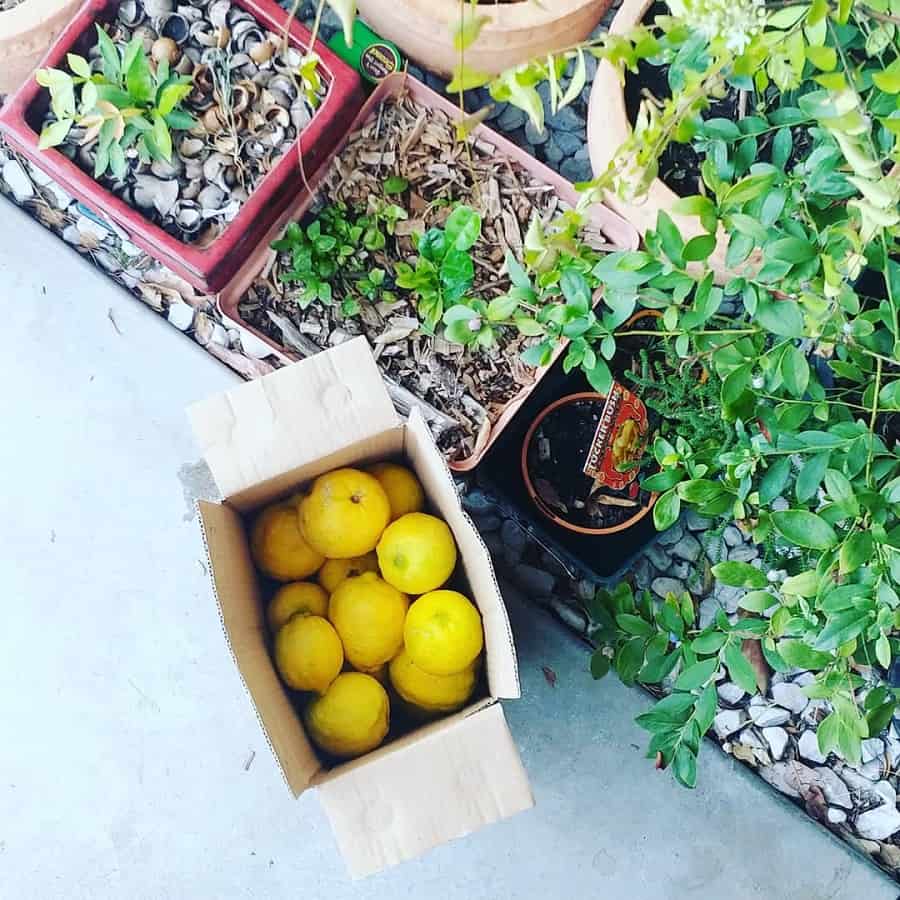
A lot of the items are of course not food, but it’s by go-to resource for finding excess lemons, and I’ve also found avocados, lemongrass, oranges, limes, opened jars of peanut butter, other unopened grocery items and more.
Website buynothingproject.org
Little Free Pantries
You might have heard of Little Free Libraries… well, Little Free Pantries have taken this concept and applied it to food and household items: neighbours helping neighbours.
They are designed to provide better food access to those less able to meet their everyday food needs, but everyone is welcome to provide or take food as they need. It removes the hierarchy associated with food charities, and there is no need to ‘register’.
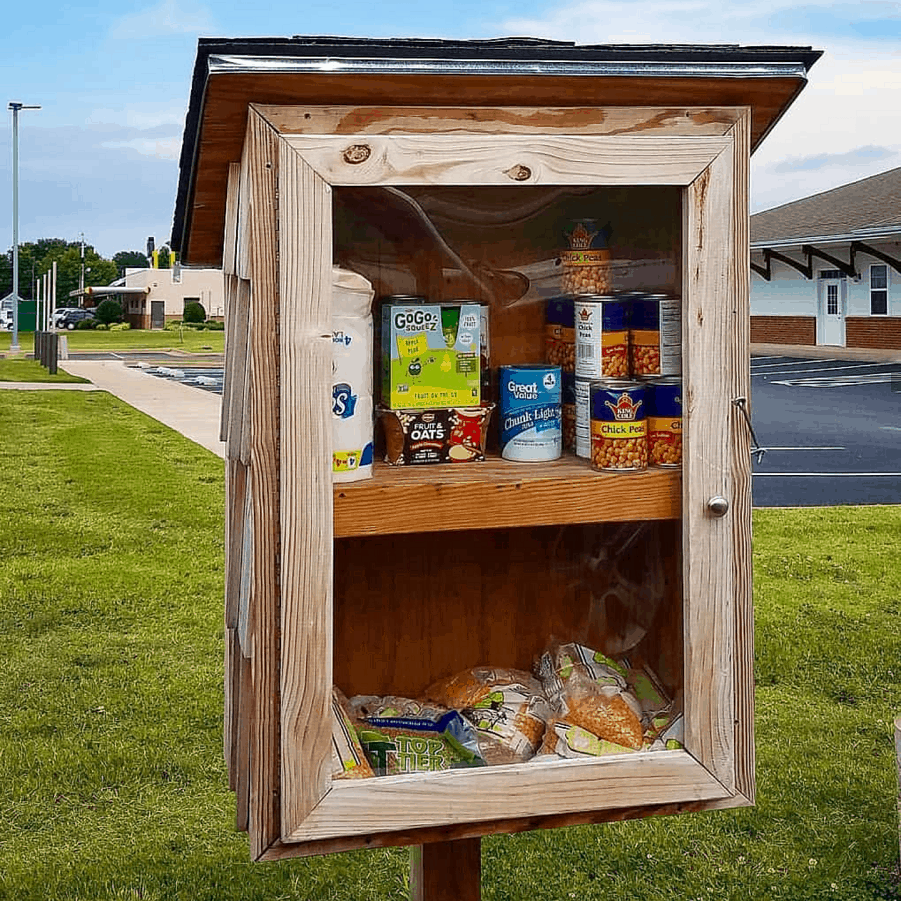
Their website not only has a map of where the existing Little Free Pantries are located (if you’d like to donate items), but lots of information for setting up your own including detailed plans for actually building a pantry.
Website: littlefreepantry.org
Community Fridges
These refrigerators are located in public spaces, enabling food to be shared with the community – anyone can put food in or take it out – with the goal of reducing food waste, and also enabling those in hardship easy access to fresh food. The first Community Fridges were set up in Germany in 2012.
They are like Little Free Pantries with electricity – meaning that they can offer chilled products, but are more tricky to establish (needing an electricity supply, for a start).
Unlike the Little Free Pantry, there isn’t one overarching network for the fridges, and they sometimes go by different names.
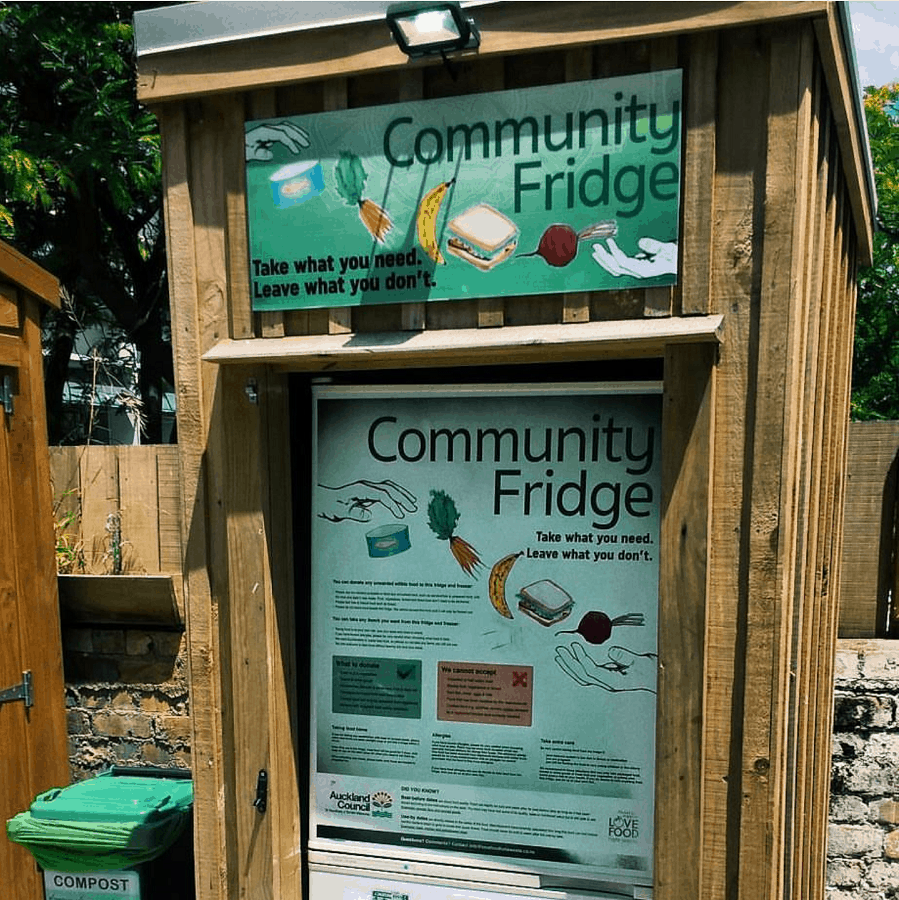
Freedge is a good starting point if you’re in North America, South America or Europe. Website: freedge.org
In Spain they’re called Nevera Solidaria, or Solidarity Fridges. Website: neverasolidaria.org
In the UK, a national network of Community Fridges has been set up by the environmental charity Hubbub with a goal of 100 open Fridges by 2020. Website: hubbub.org.uk
Grow Free carts
Started in Australia and now expanding overseas, this growing network of sharing carts offers free home-grown produce including eggs, jams and chutney, seeds and seedlings. Some carts also offer empty glass jars, old plant pots and egg boxes for reuse.
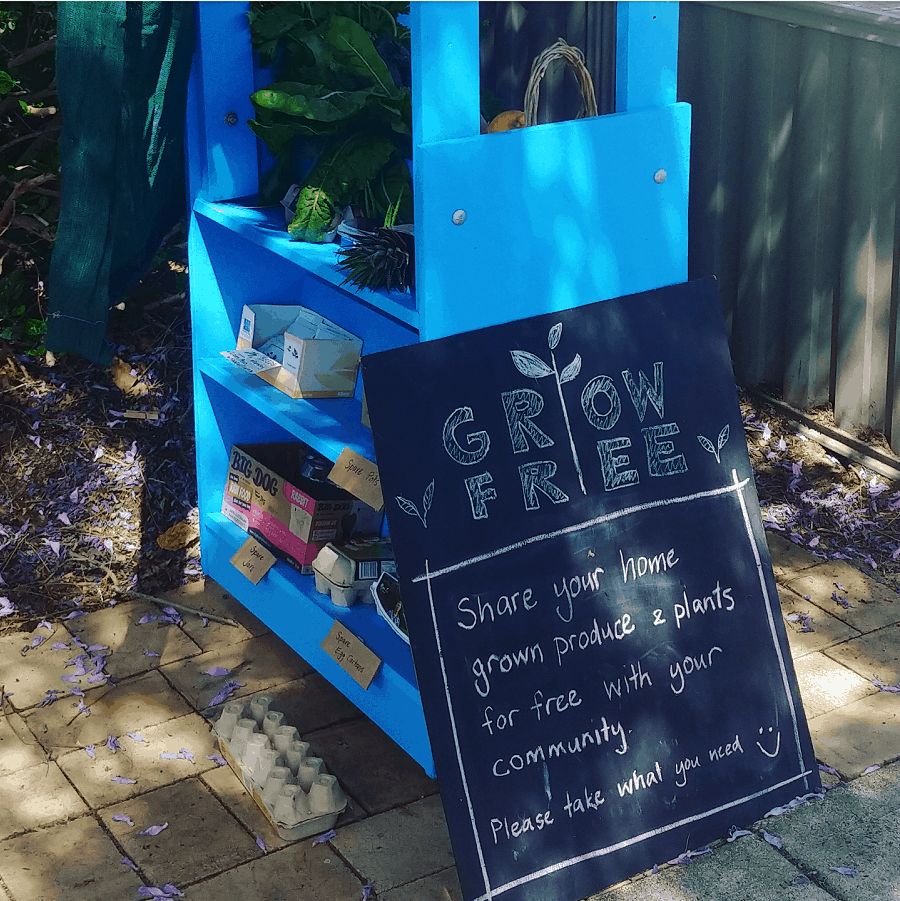
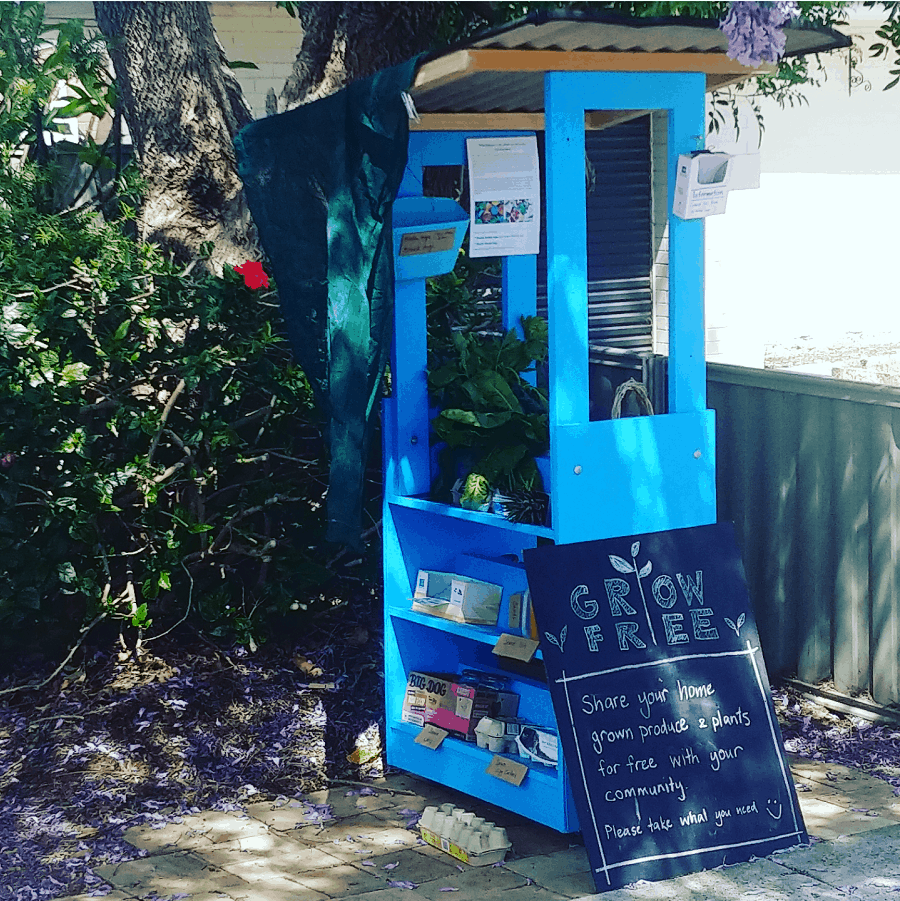
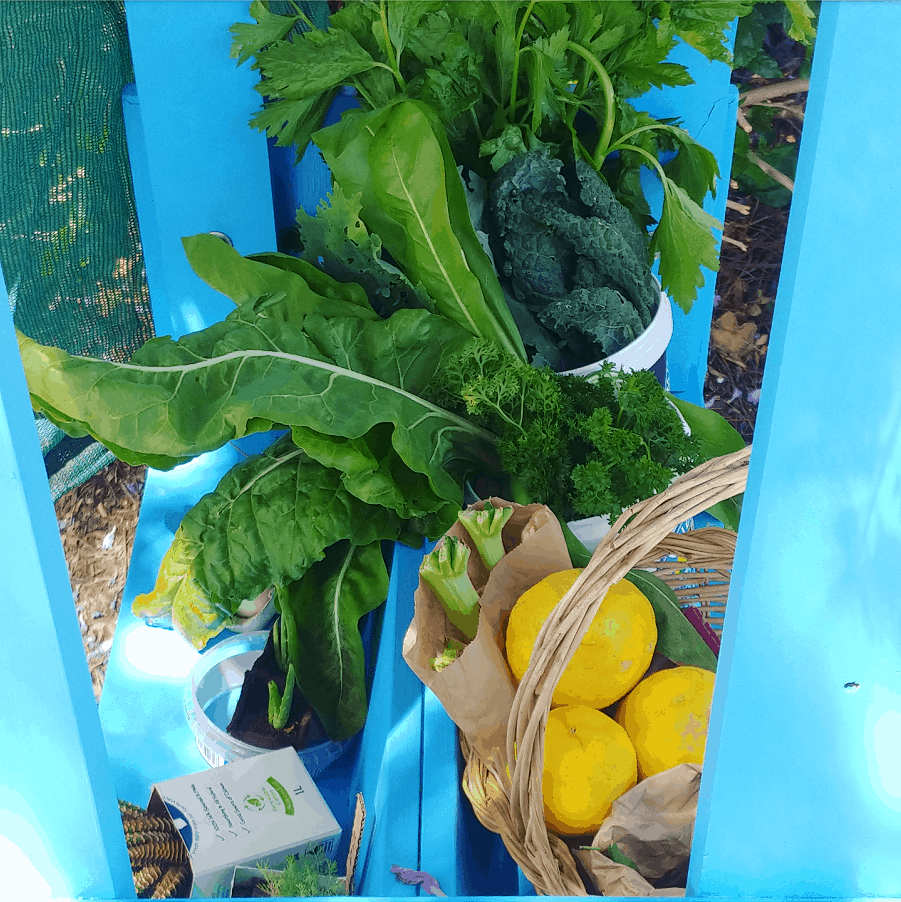
Some carts are available 24/7, and others have ‘opening hours’ (my local one, pictured above, is only open on weekends). Many local groups use Facebook to detail exact open hours and also what the cart has from day to day/week to week.
Everything is free, and they have the motto “take what you need, give what you can.’
Website: growfree.org.au
(I’m planning on setting up my own Grow Free cart in the next month or so. I’ve sourced a suitable cart – a baby change table on wheels from my Buy Nothing group – and will be posting shortly on how it goes.)
Food Swap / Crop Swap groups
These are informal neighbourhoods groups of people sharing their excess food and produce through recurring events (often weekly, fortnightly or monthly). They run under a few different names, including Grow Swap Share groups and Crop Swap groups, and they all run slightly differently.
Even if you’re not currently growing anything it can be fun to go along and find out who’s growing what in your area, and get to know your community.
Website foodswapnetwork.com (or try cropswap.sydney for a great list of Australian groups)
Fallen Fruit
A map of urban fruit trees and other edibles that is open for anyone to edit. Listings include public orchards and community plantings, trees or shrubs on public or council land, and those on private land. Run by volunteers as a not-for-profit initiative.
Website fallingfruit.org
Ripe Near Me
A map of locally grown food that allows both the public to add any fruit trees growing on public land, or home gardeners and growers to list their surplus (which they can either offer for free or charge a small amount).
Website ripenear.me
Olio Ex
There are plenty of apps helping reduce food waste, but Olio is one that is completely free, allowing shops, cafes and households to list excess food and share it with neighbours.
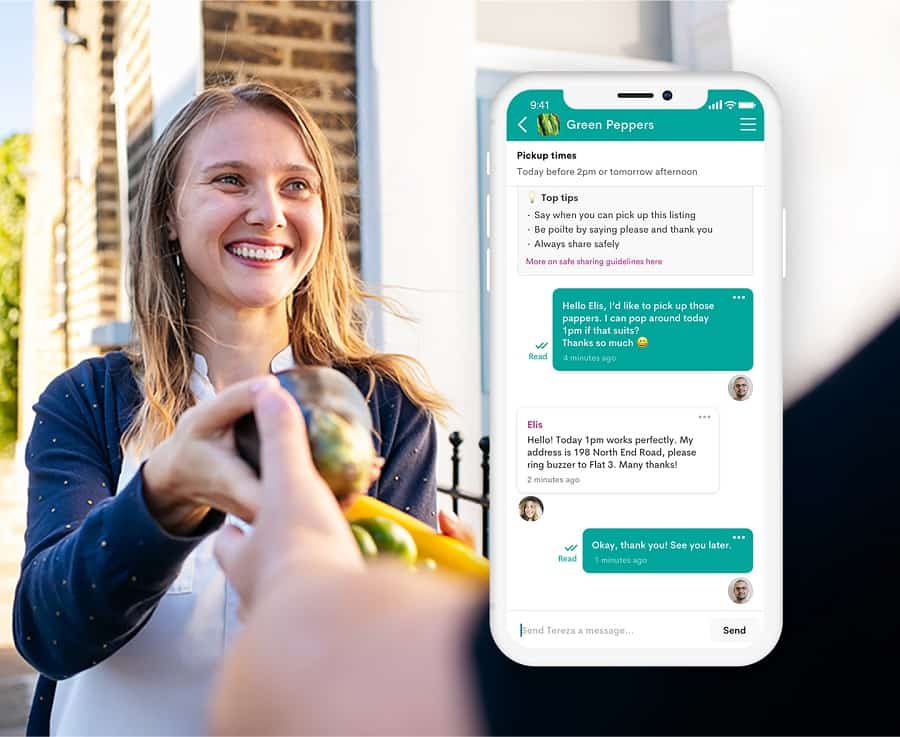
Website: olioex.com (app available on Android or Apple)
I’m sure I have only touched the surface of all the great ways that people are sharing surplus food, strengthening neighbourhood ties and connecting community. But I’m also sure that there is something here for all of us. Whether you want to drop some tins at your local Little Free Pantry, download the Olio app, set up a Grow Free cart, check out fruit trees in your nihbourhood or join a local Crop Swap group, the best thing about all of these ideas is that you can start today.
Now I’d love to hear from you! Which one (or two!) ideas resonate most with you? What will you do to take action? Are you already involved in one of these and can you share your experience? Do you know of any other great initiatives I’ve missed? Please share your thoughts in the comments below!



